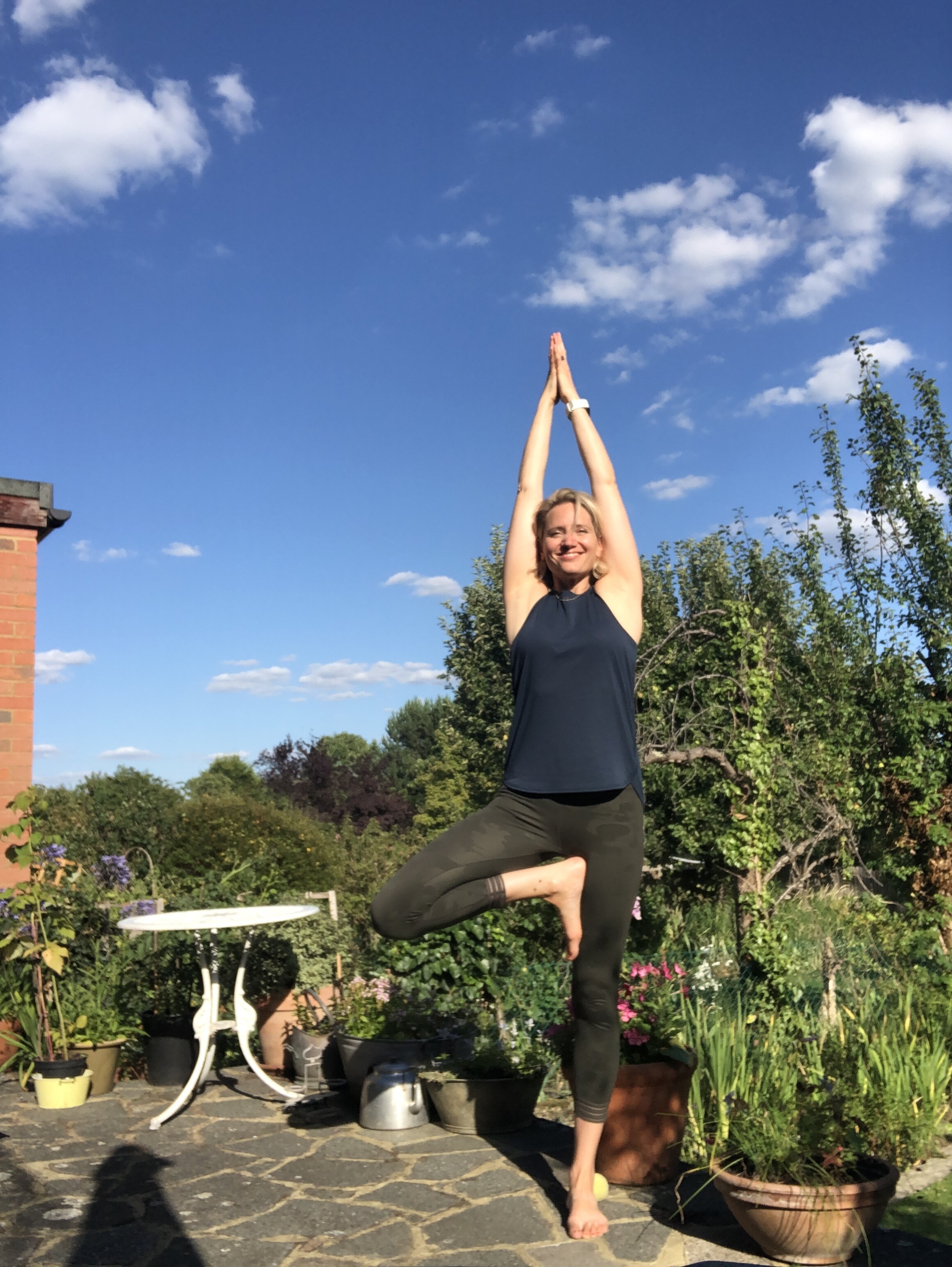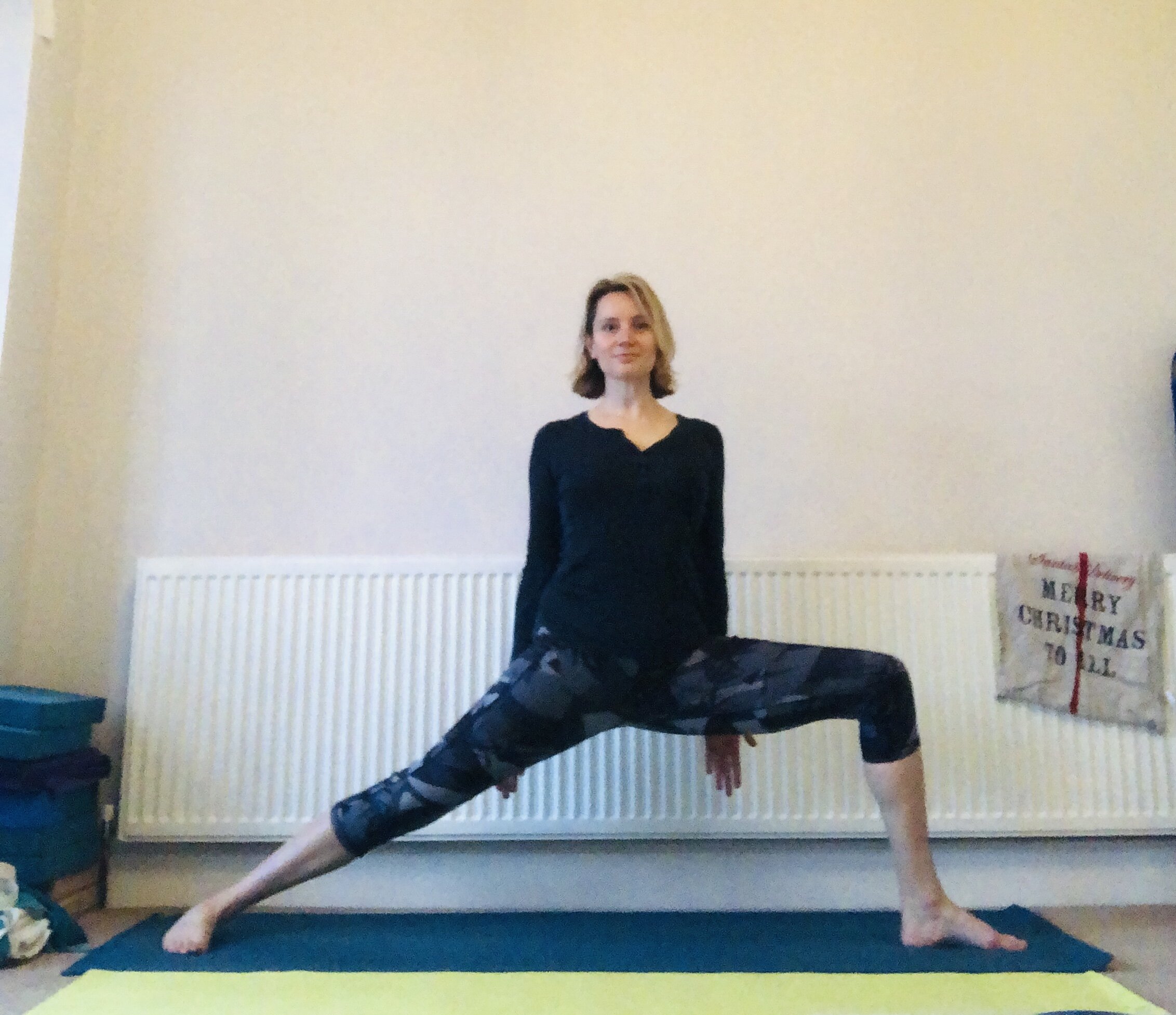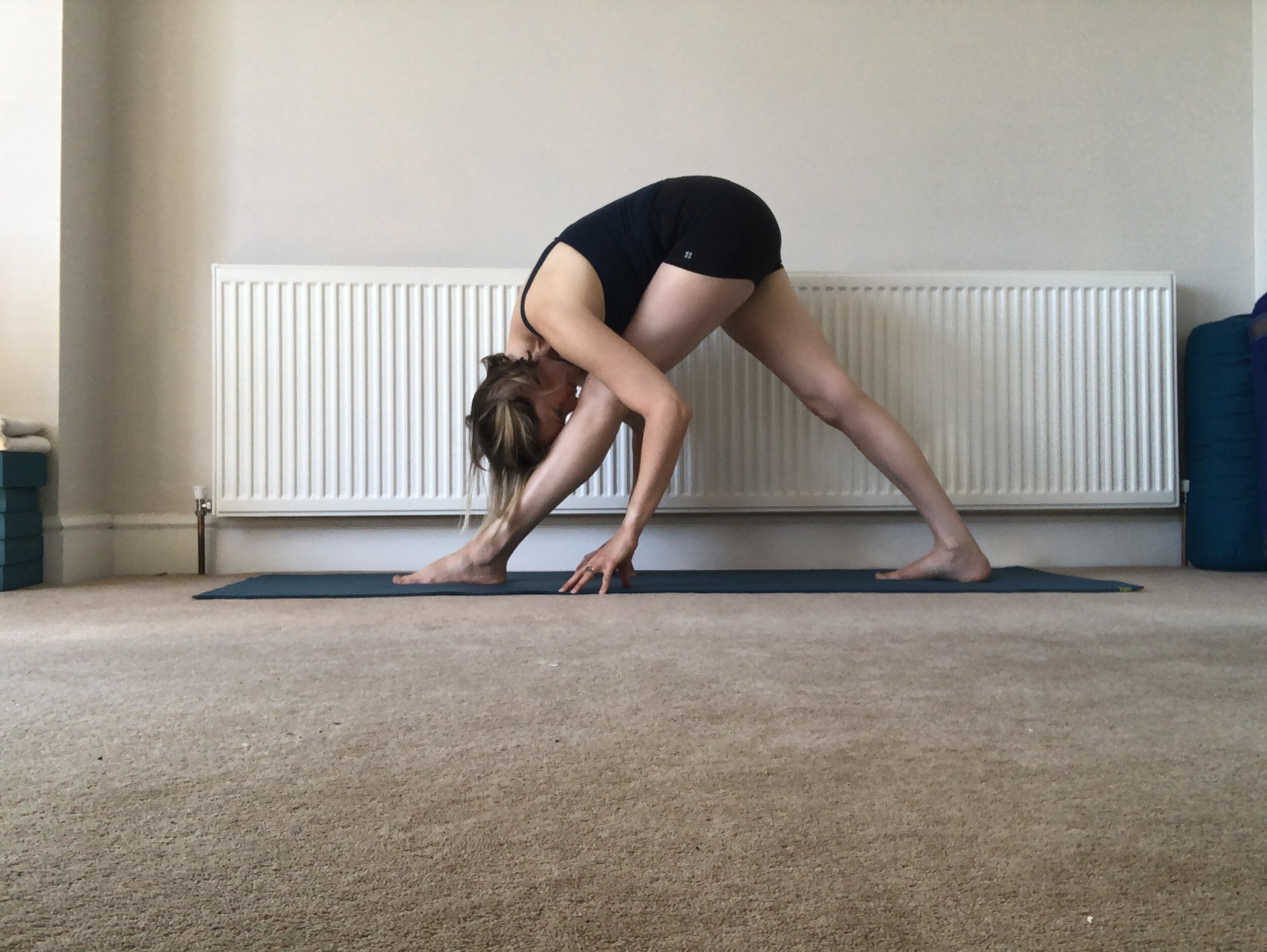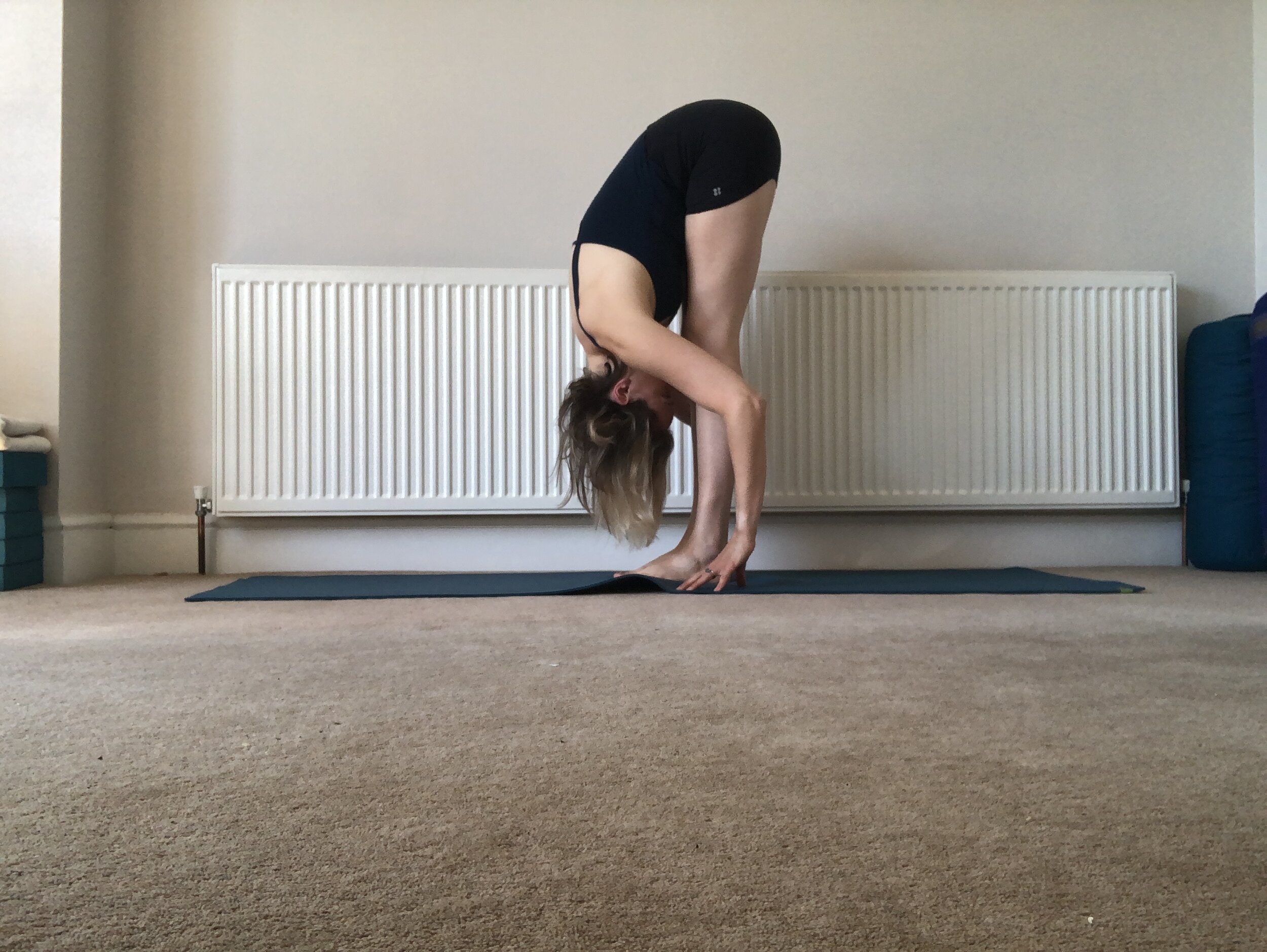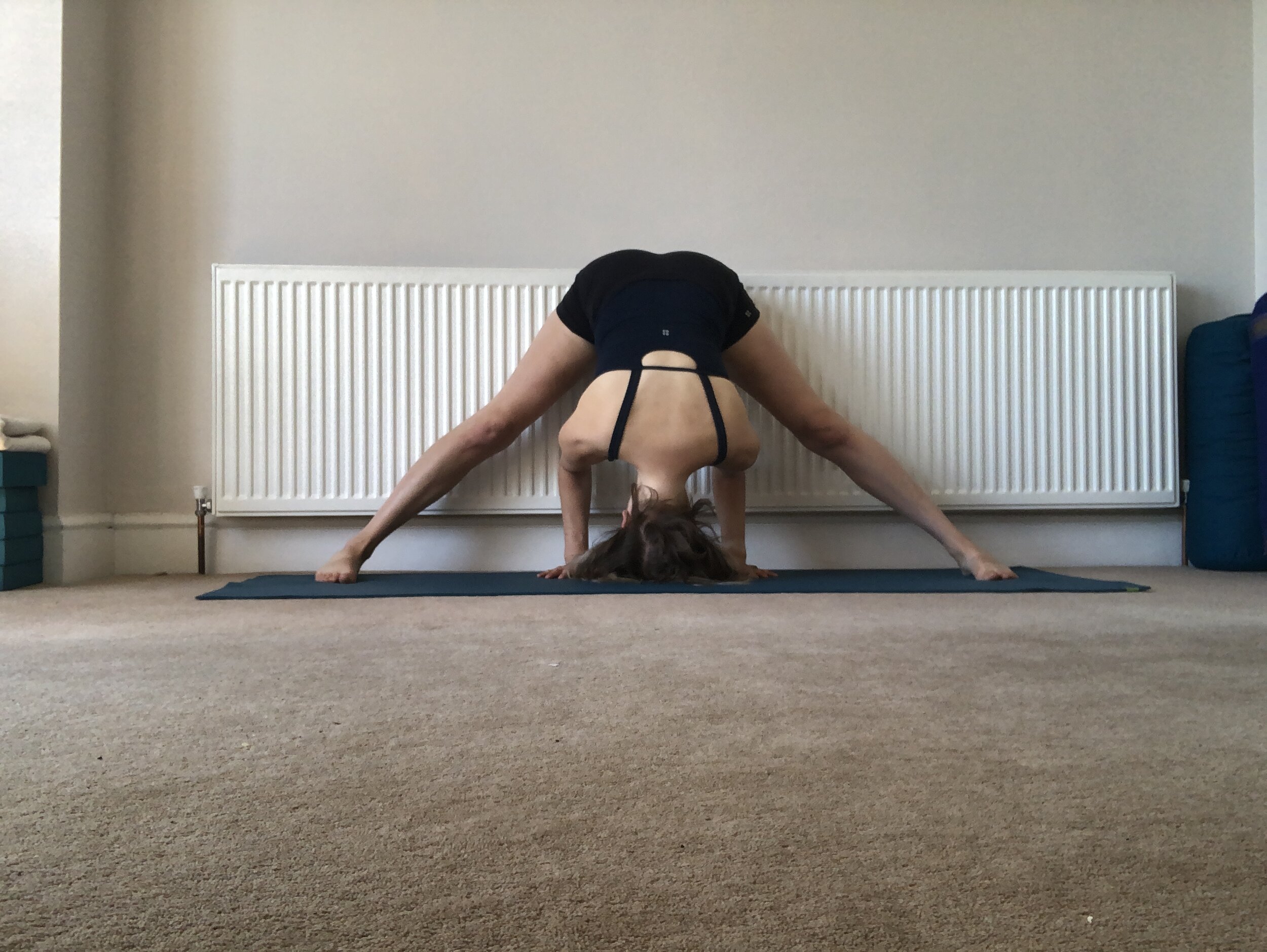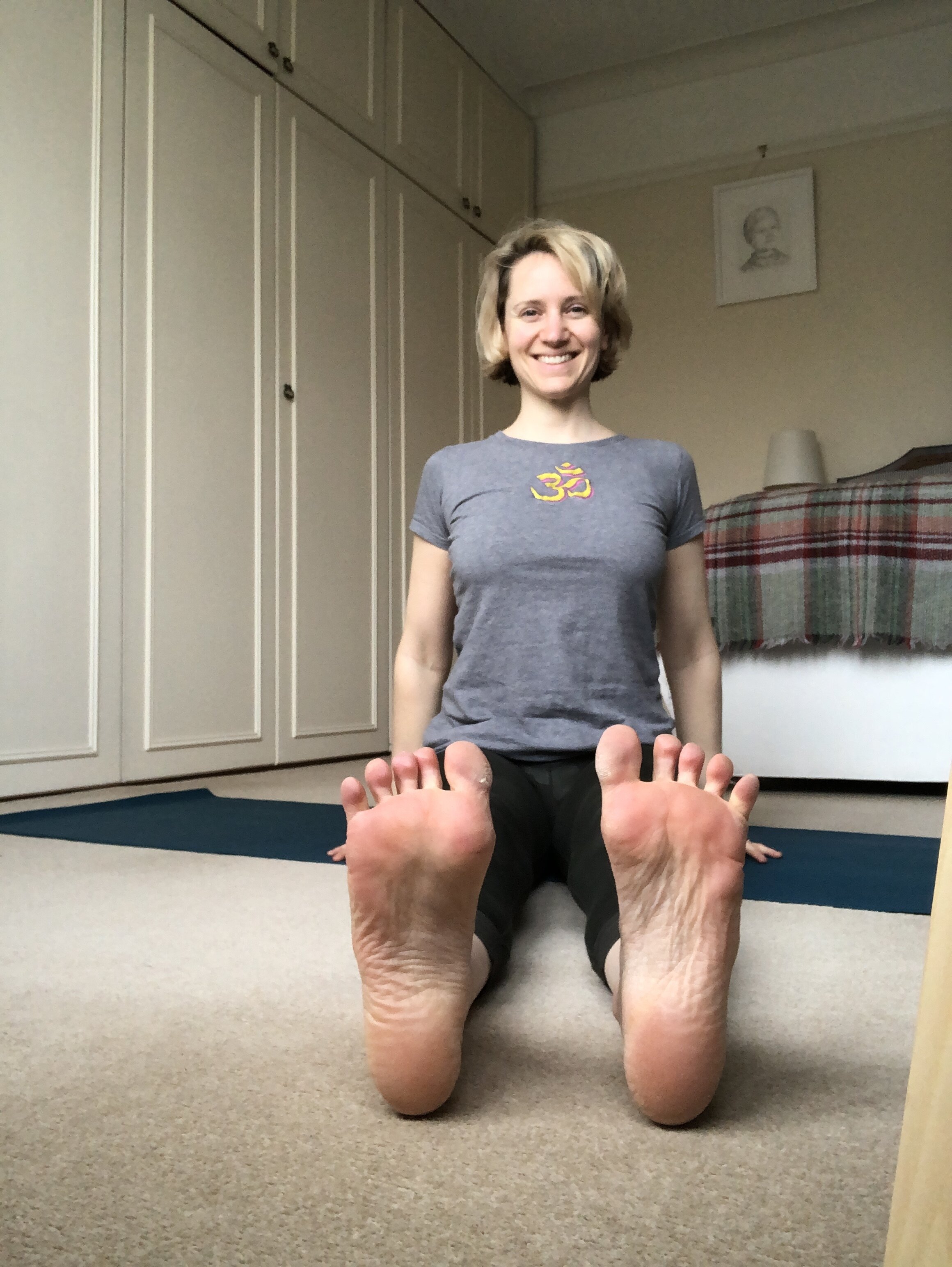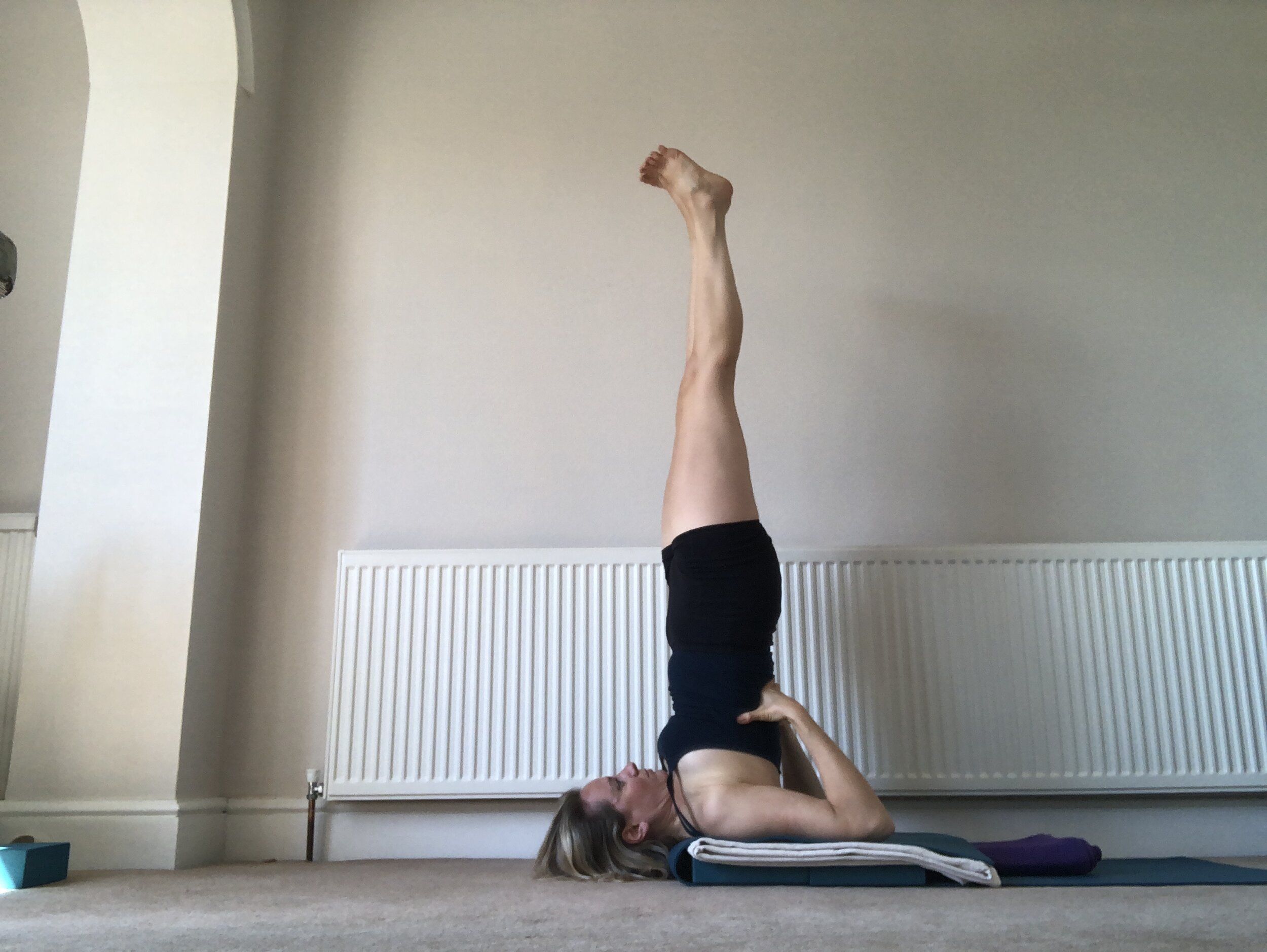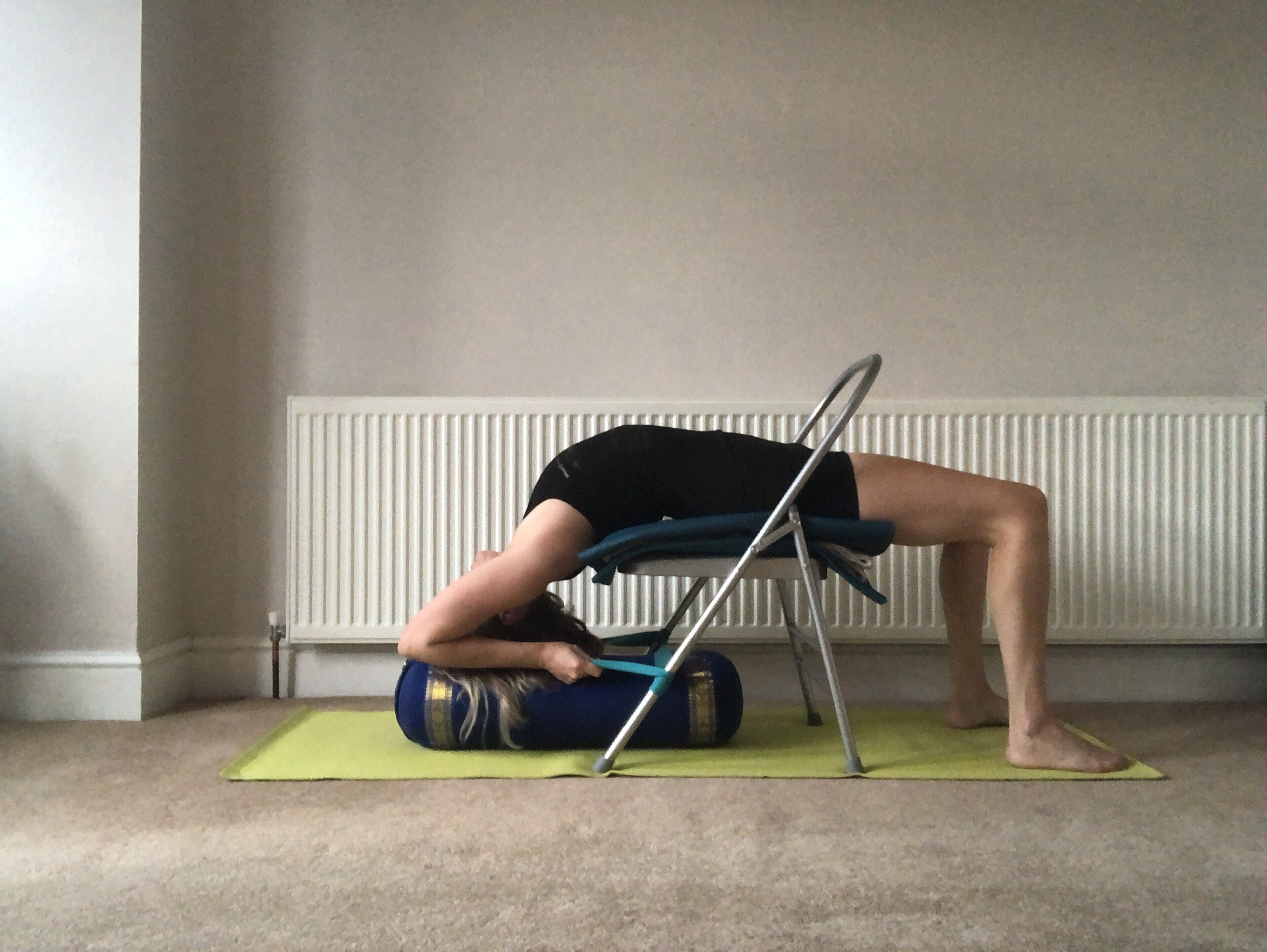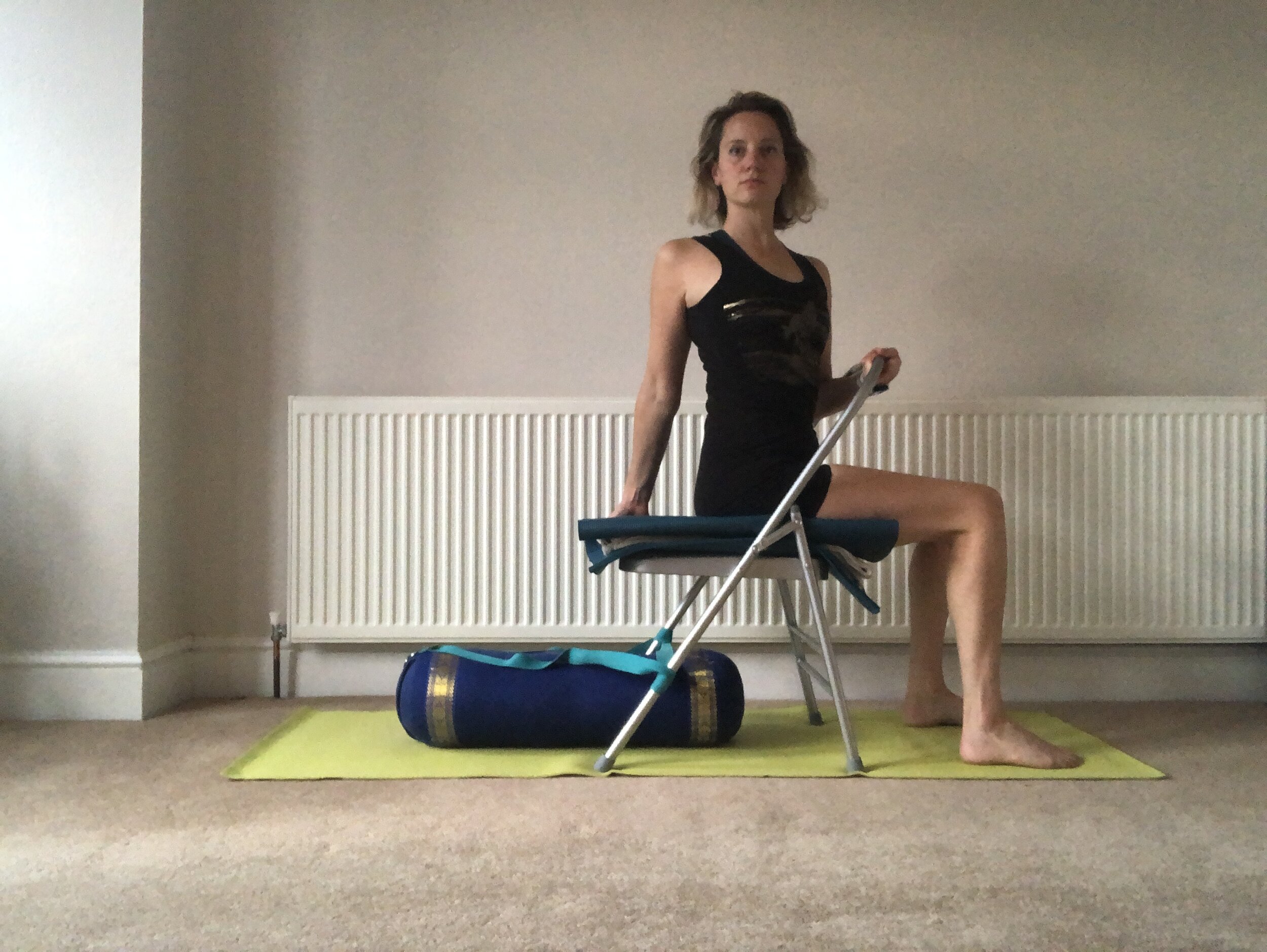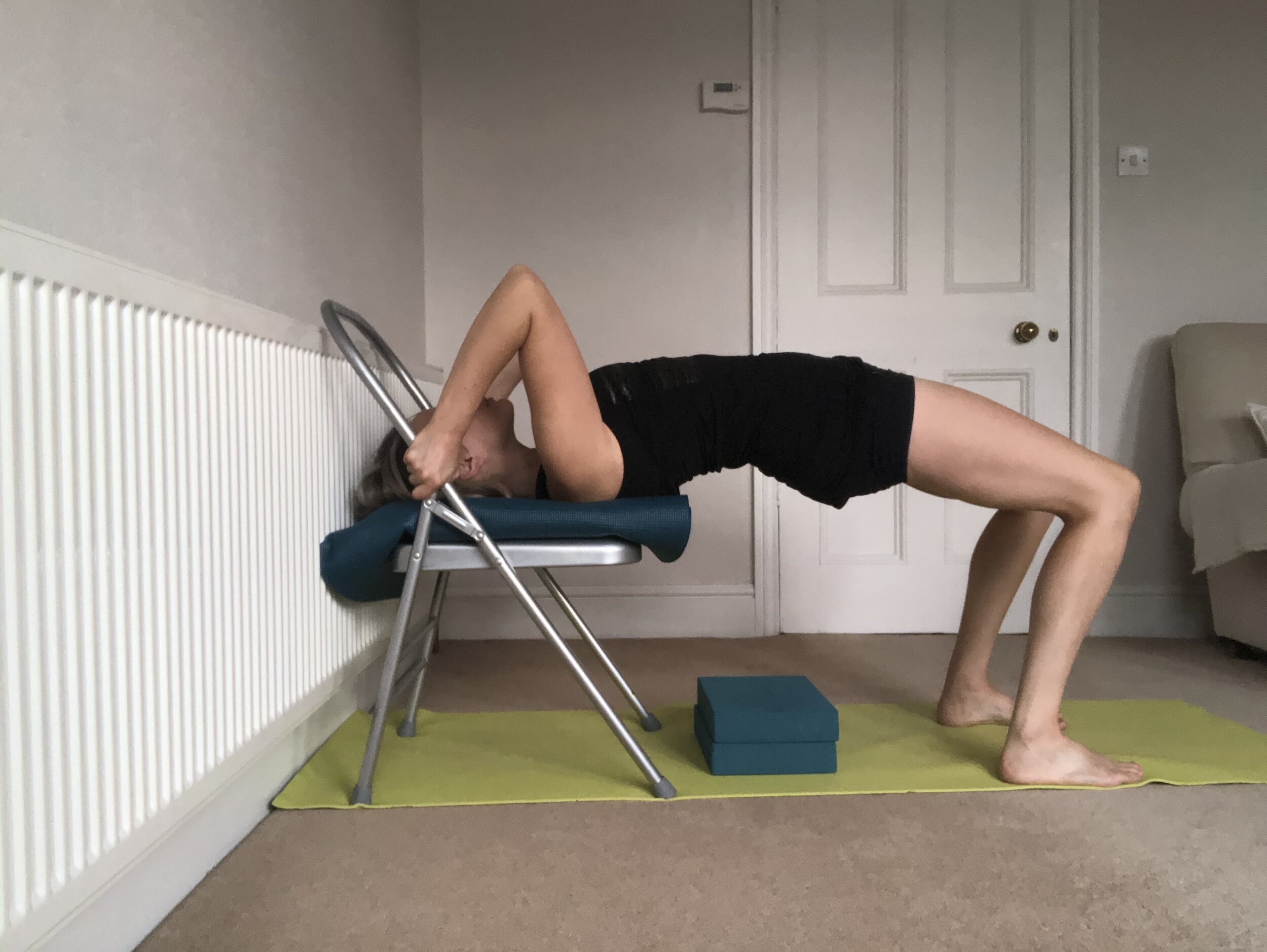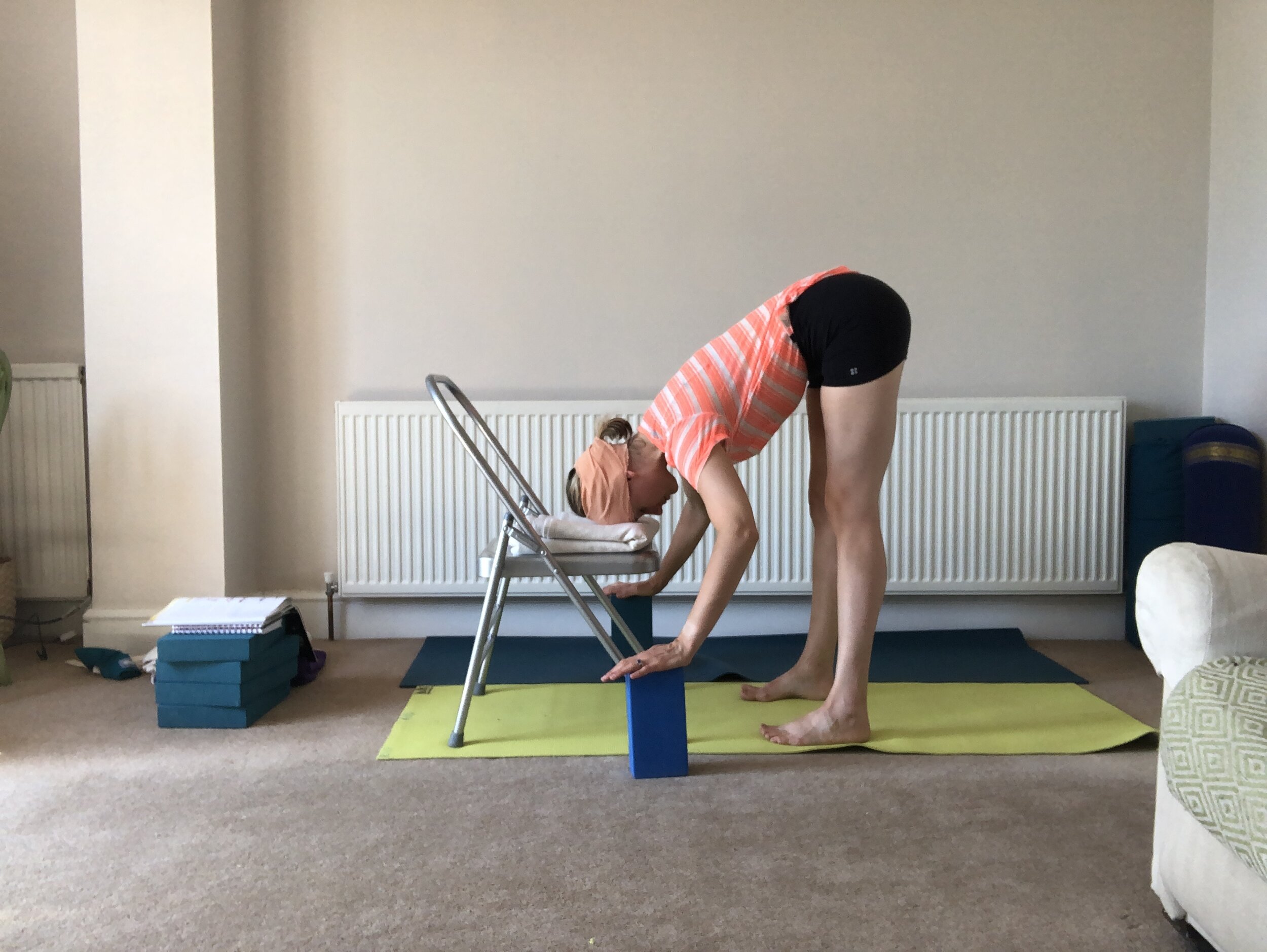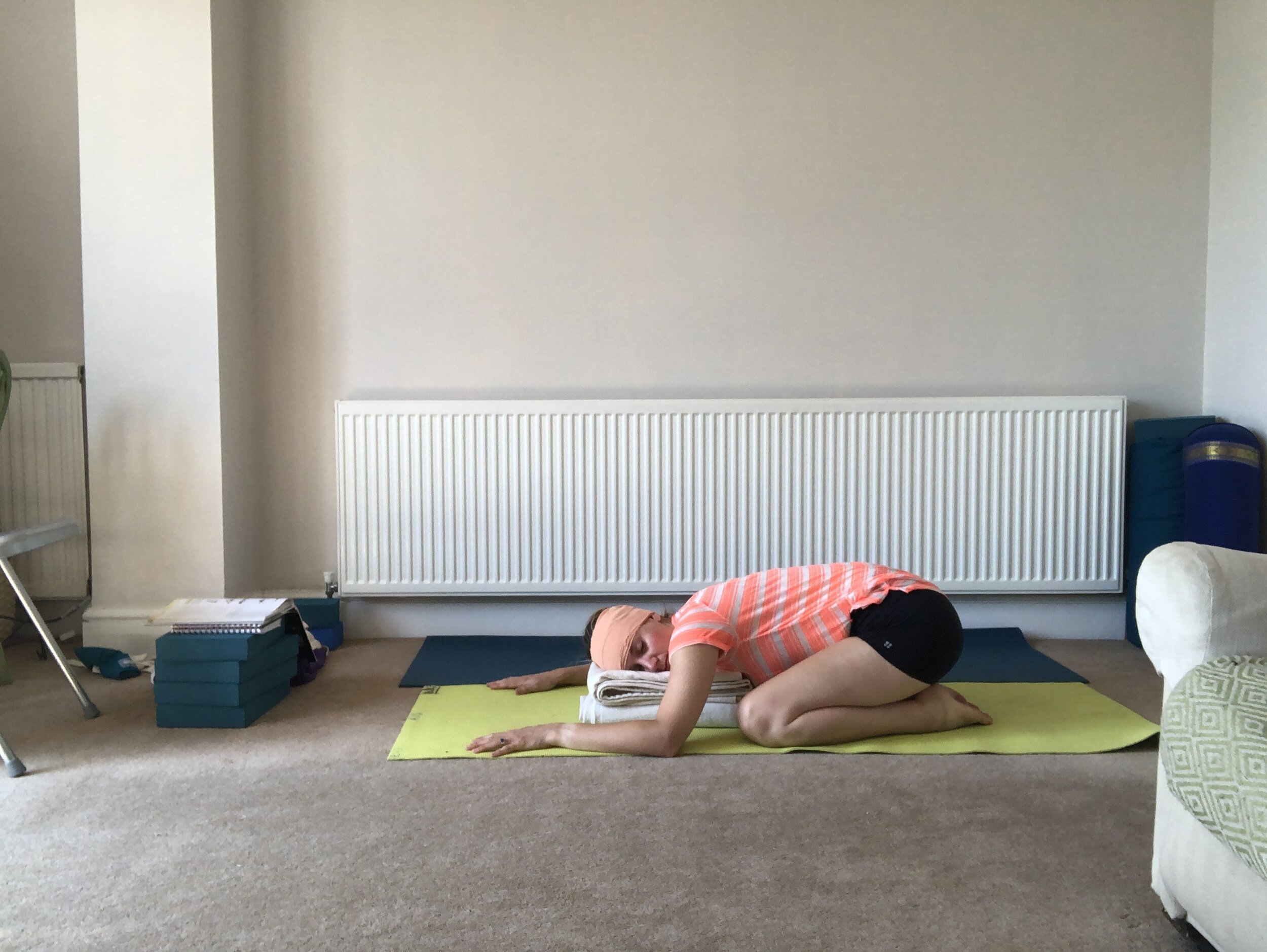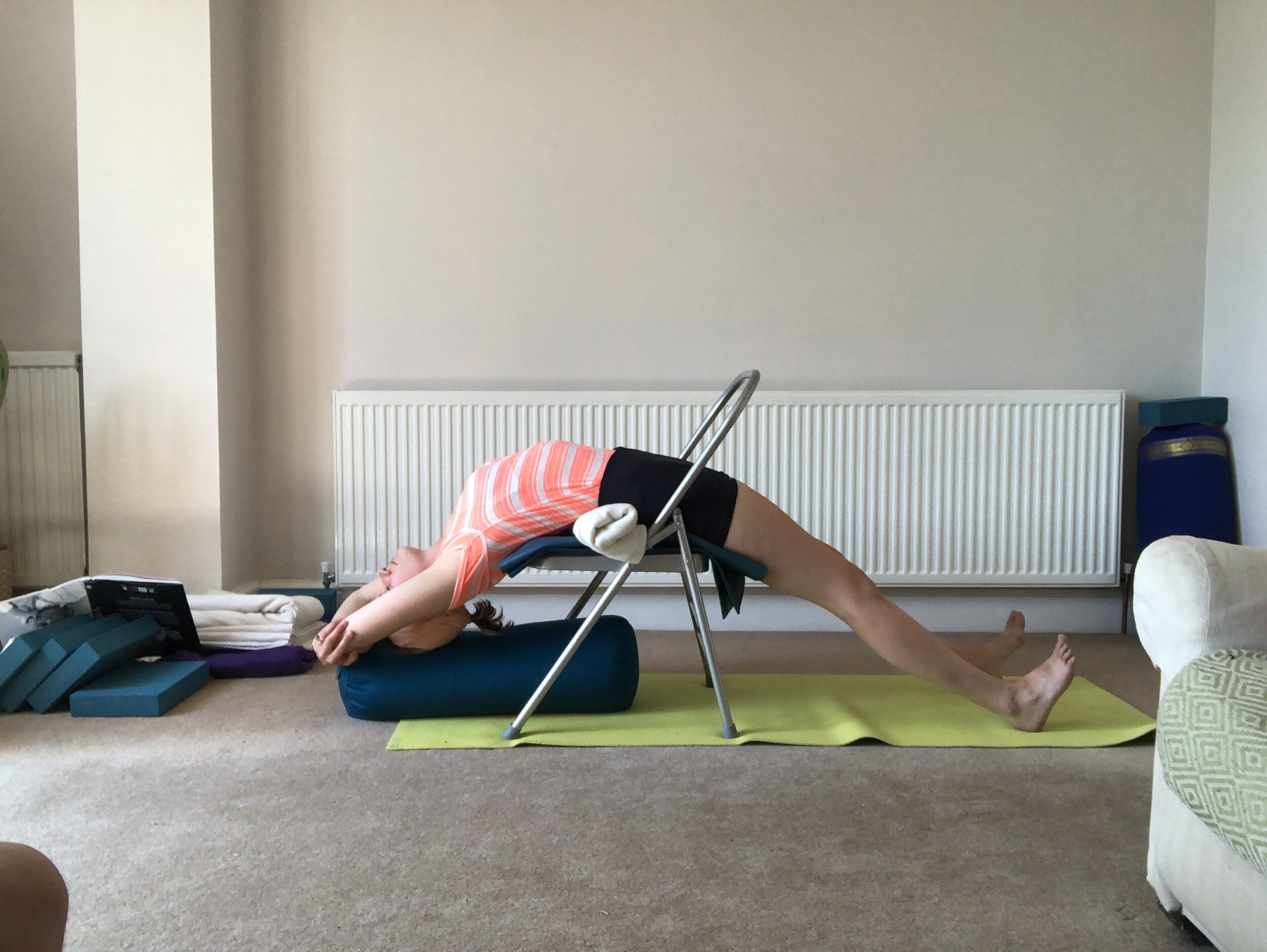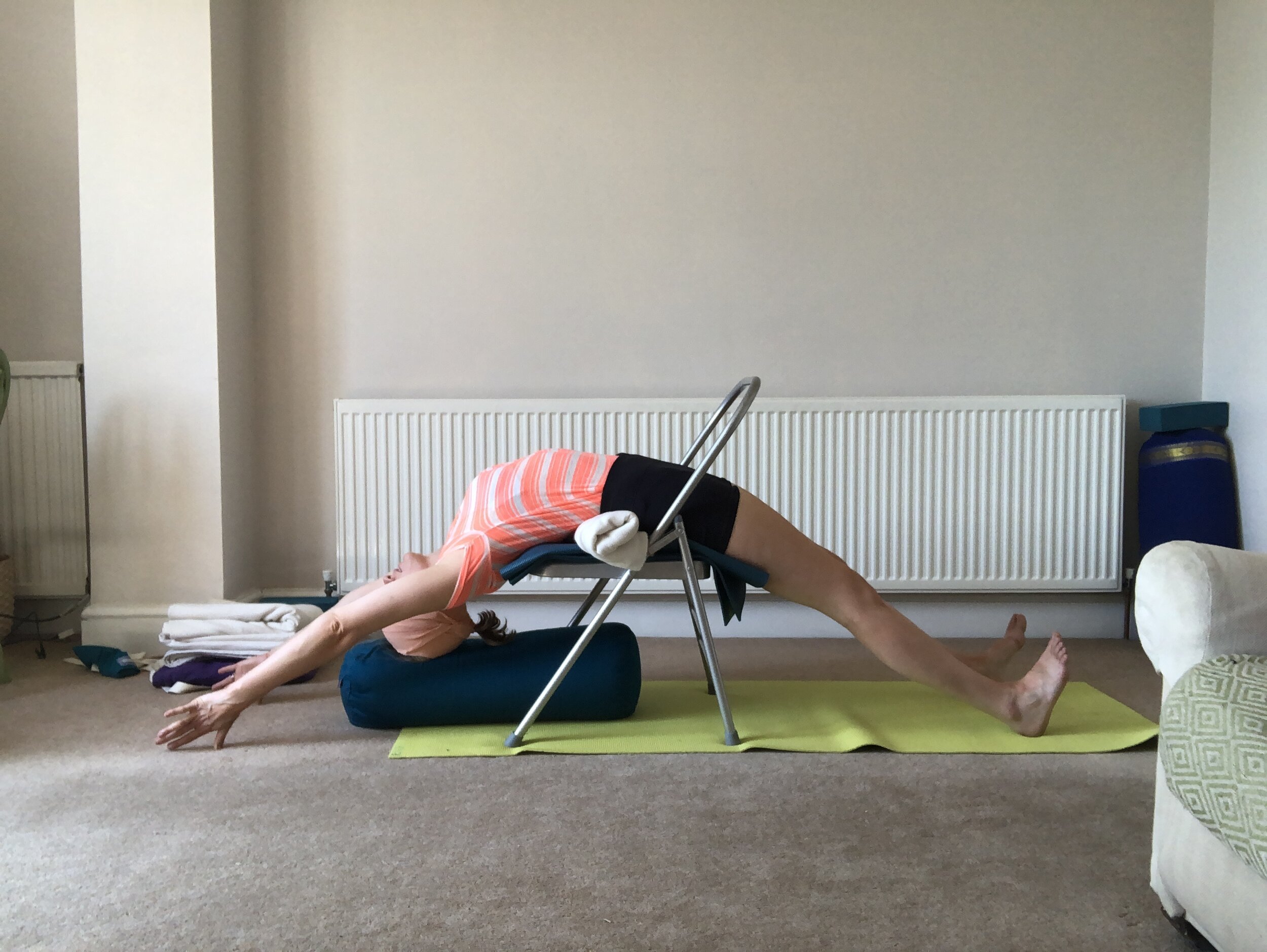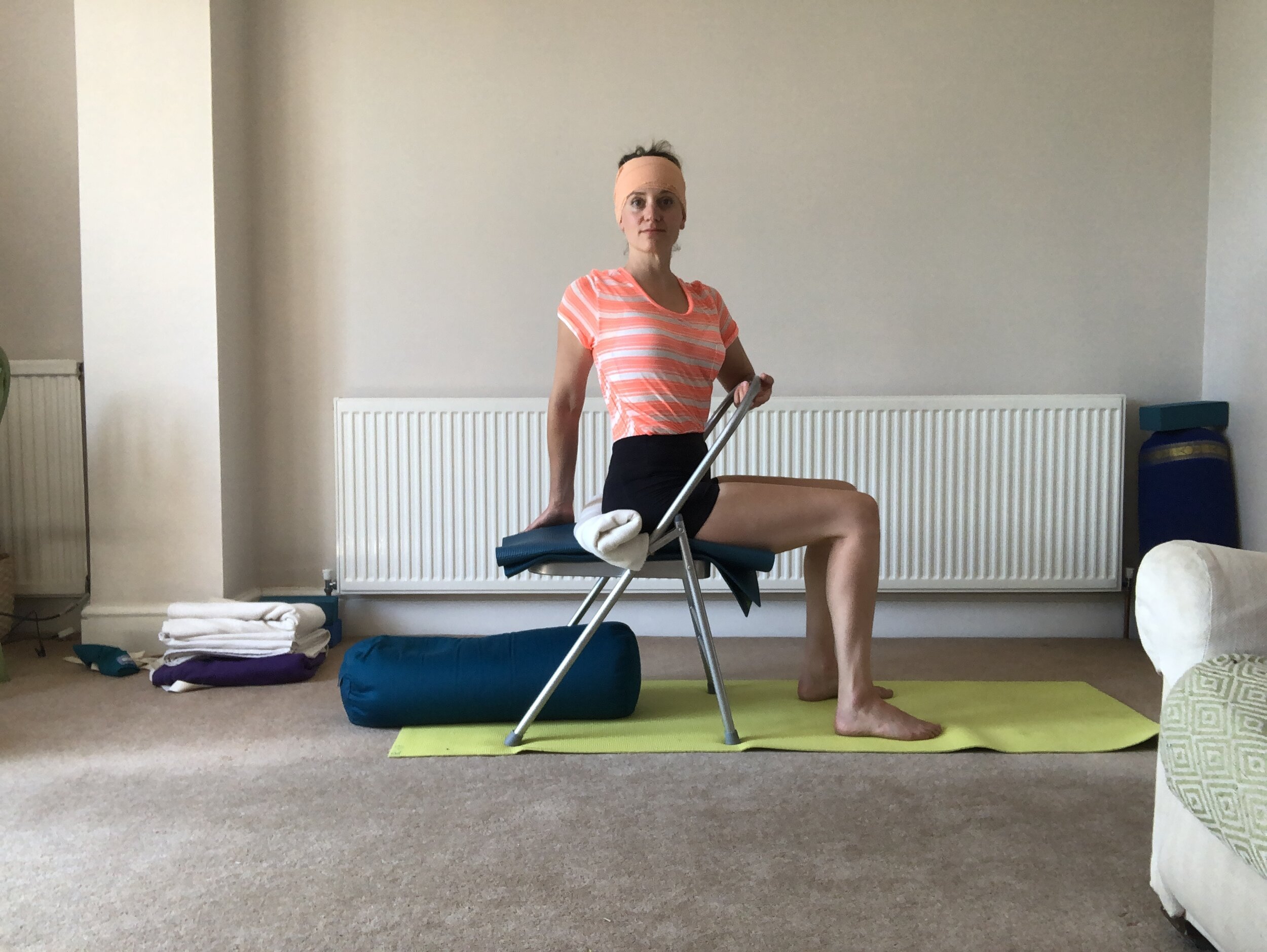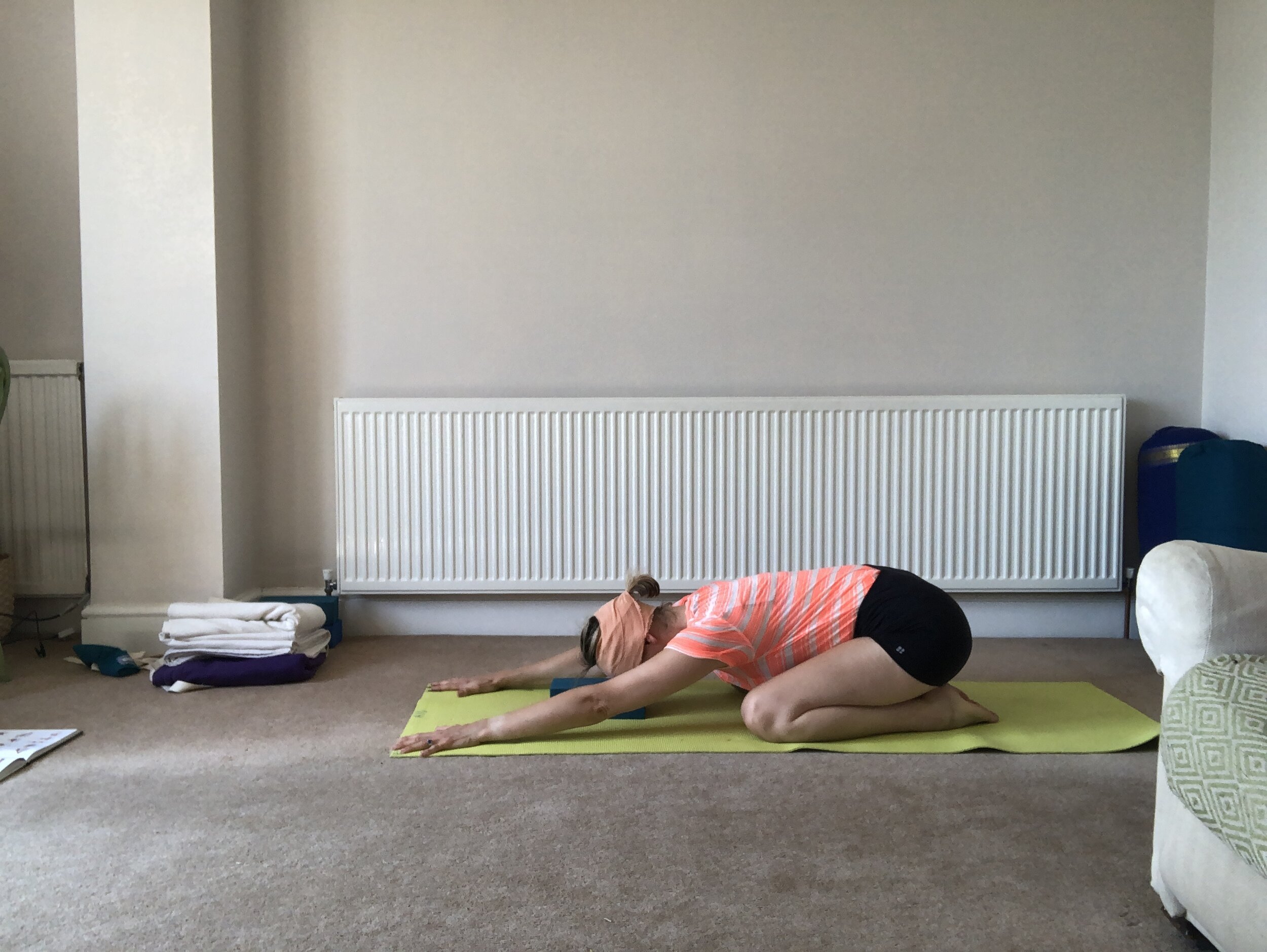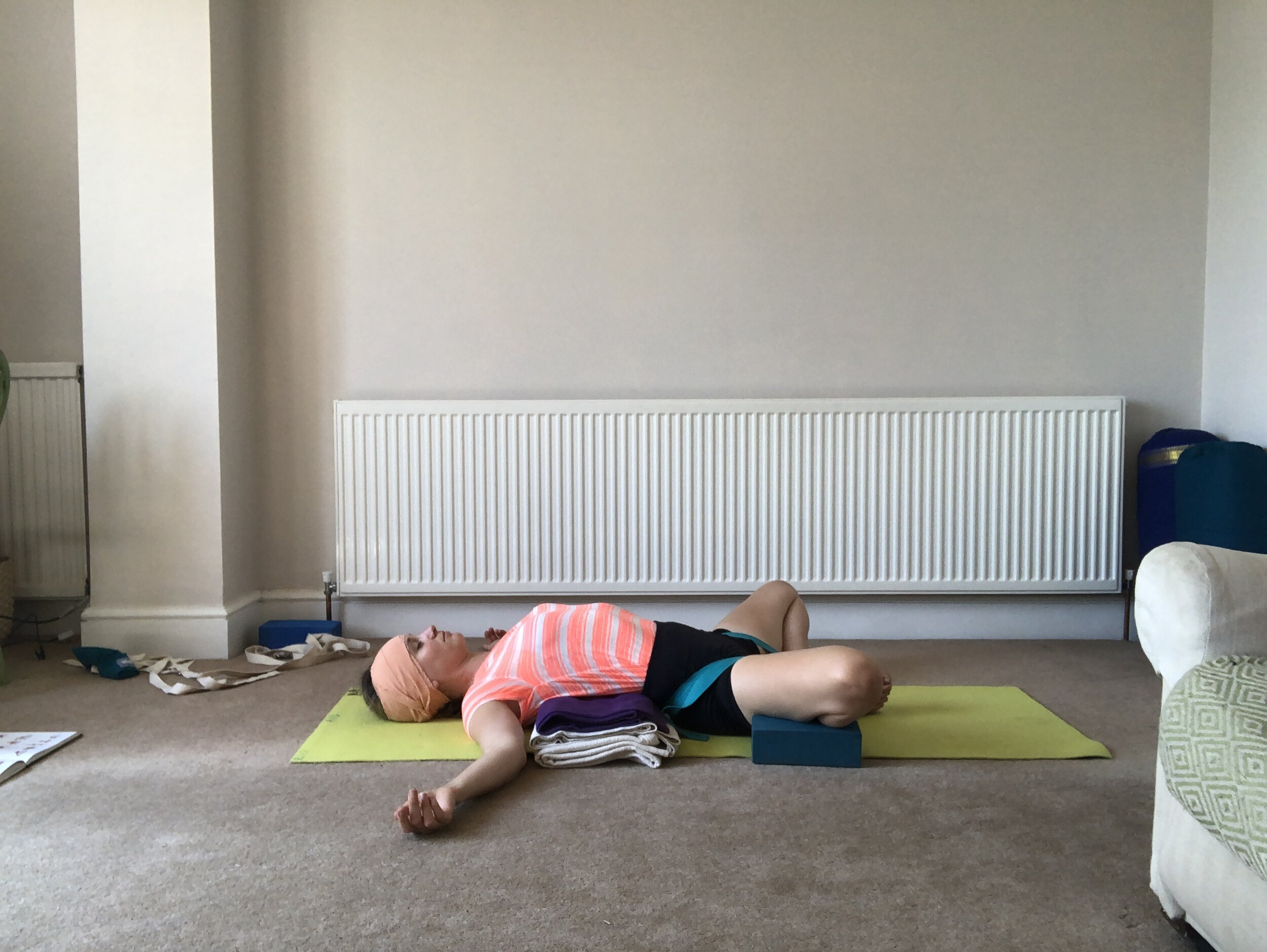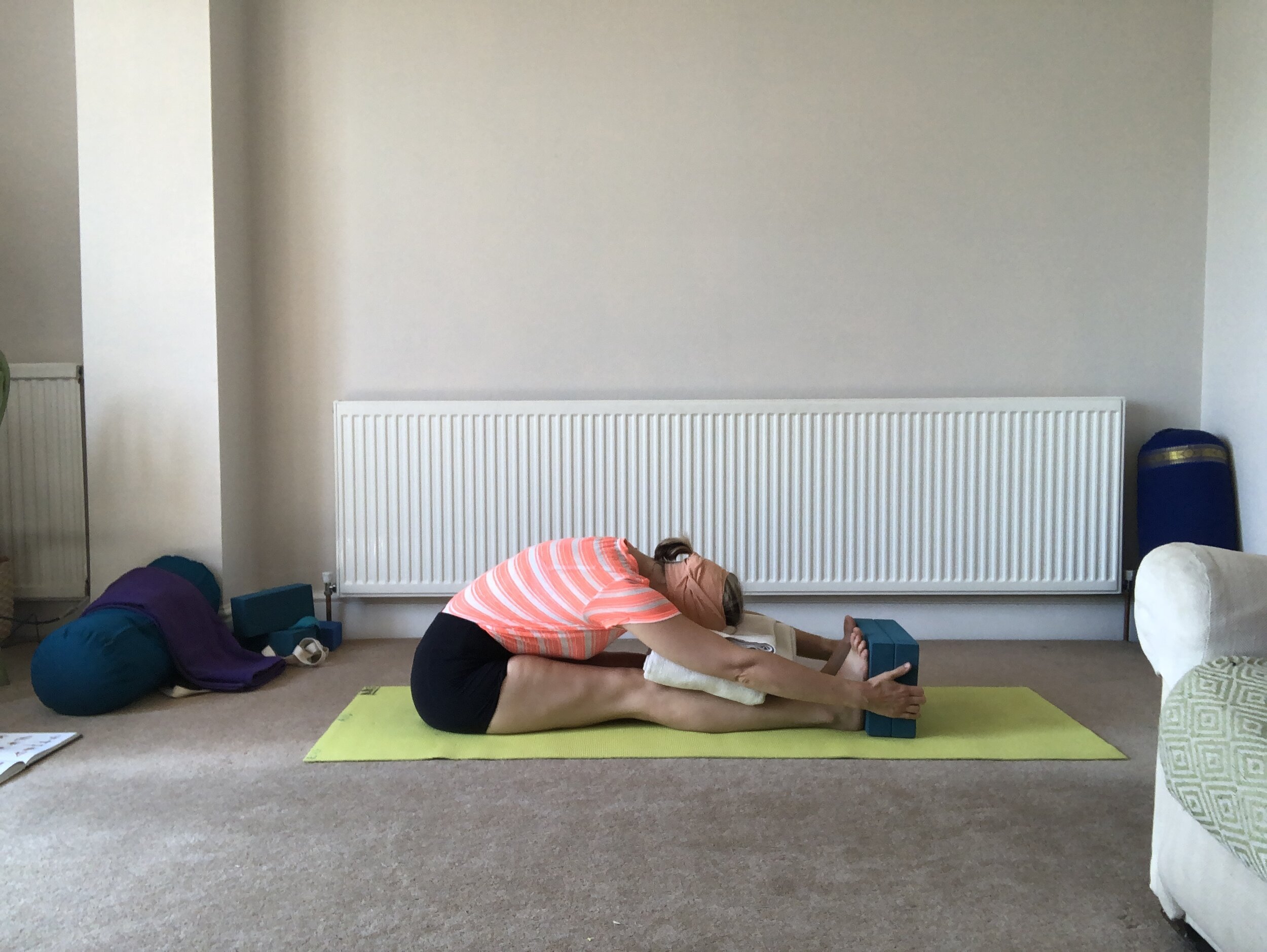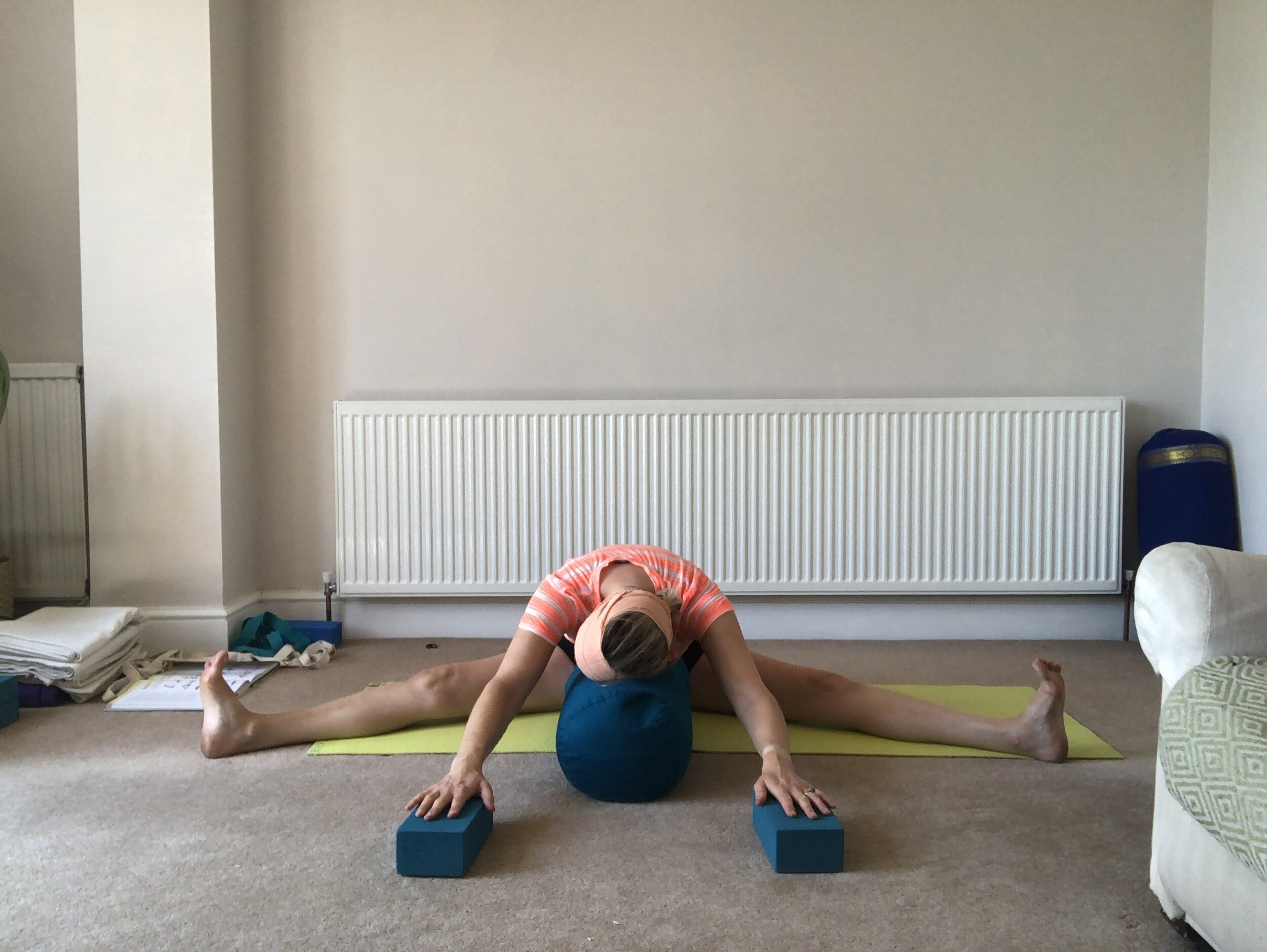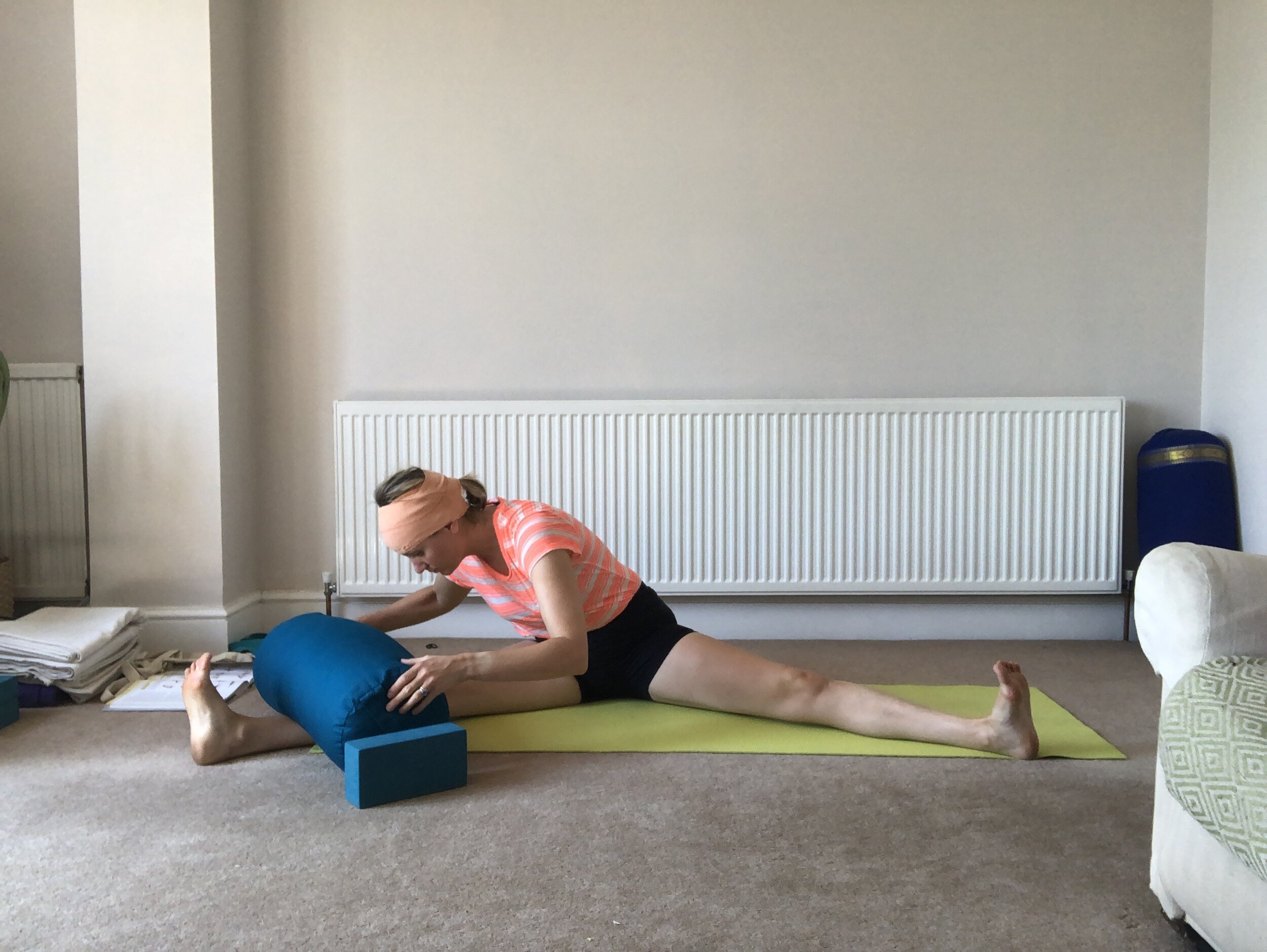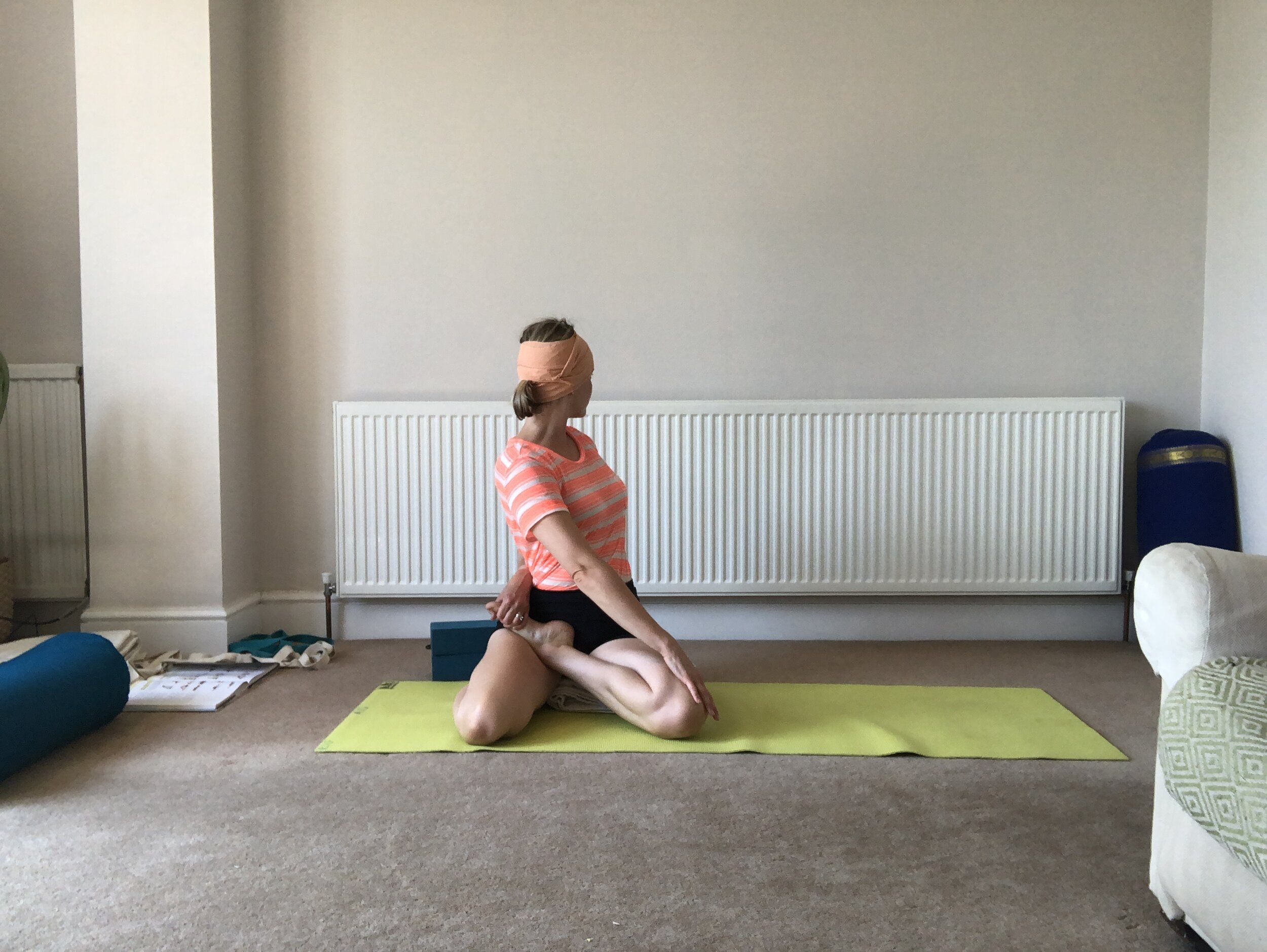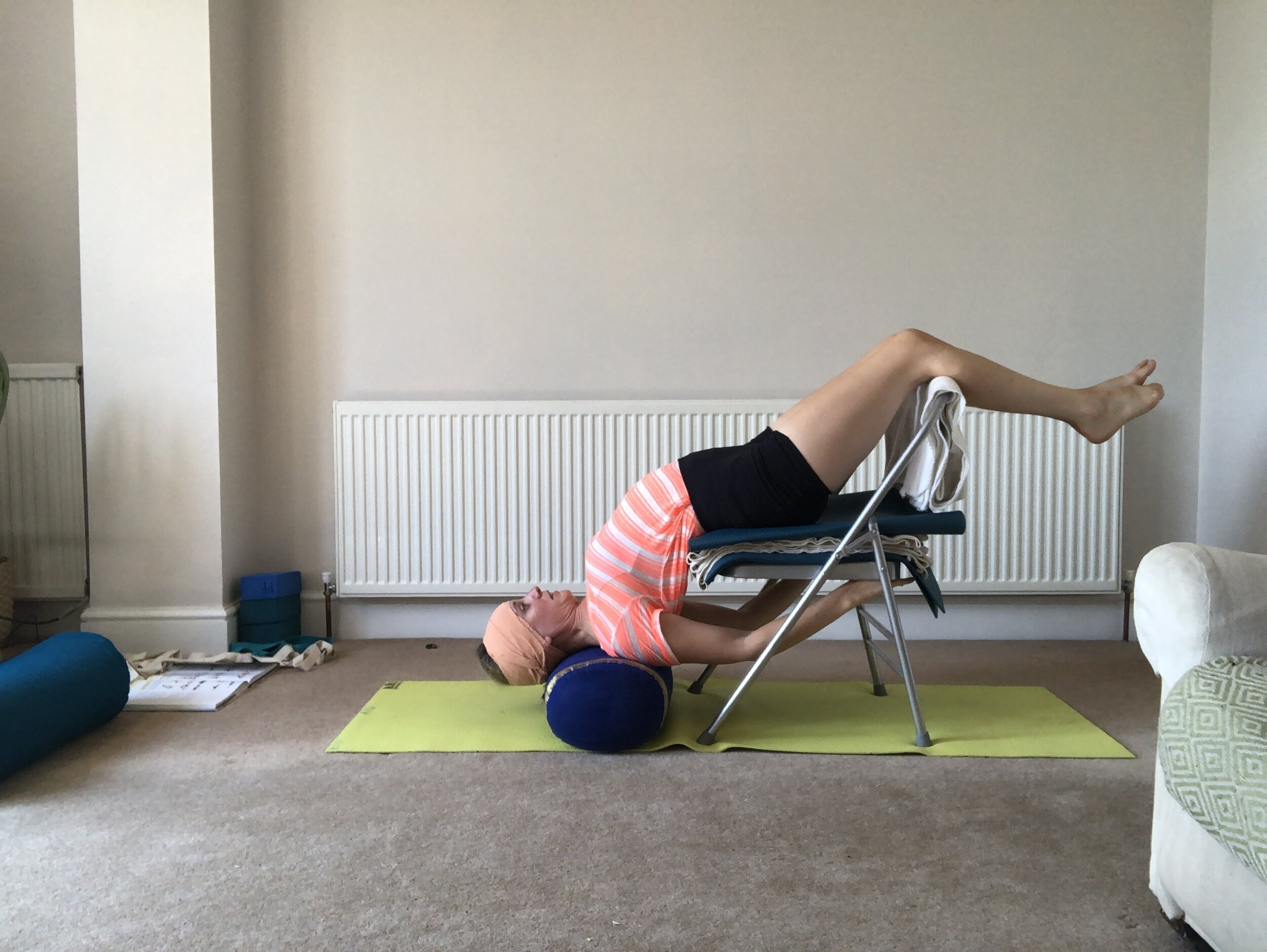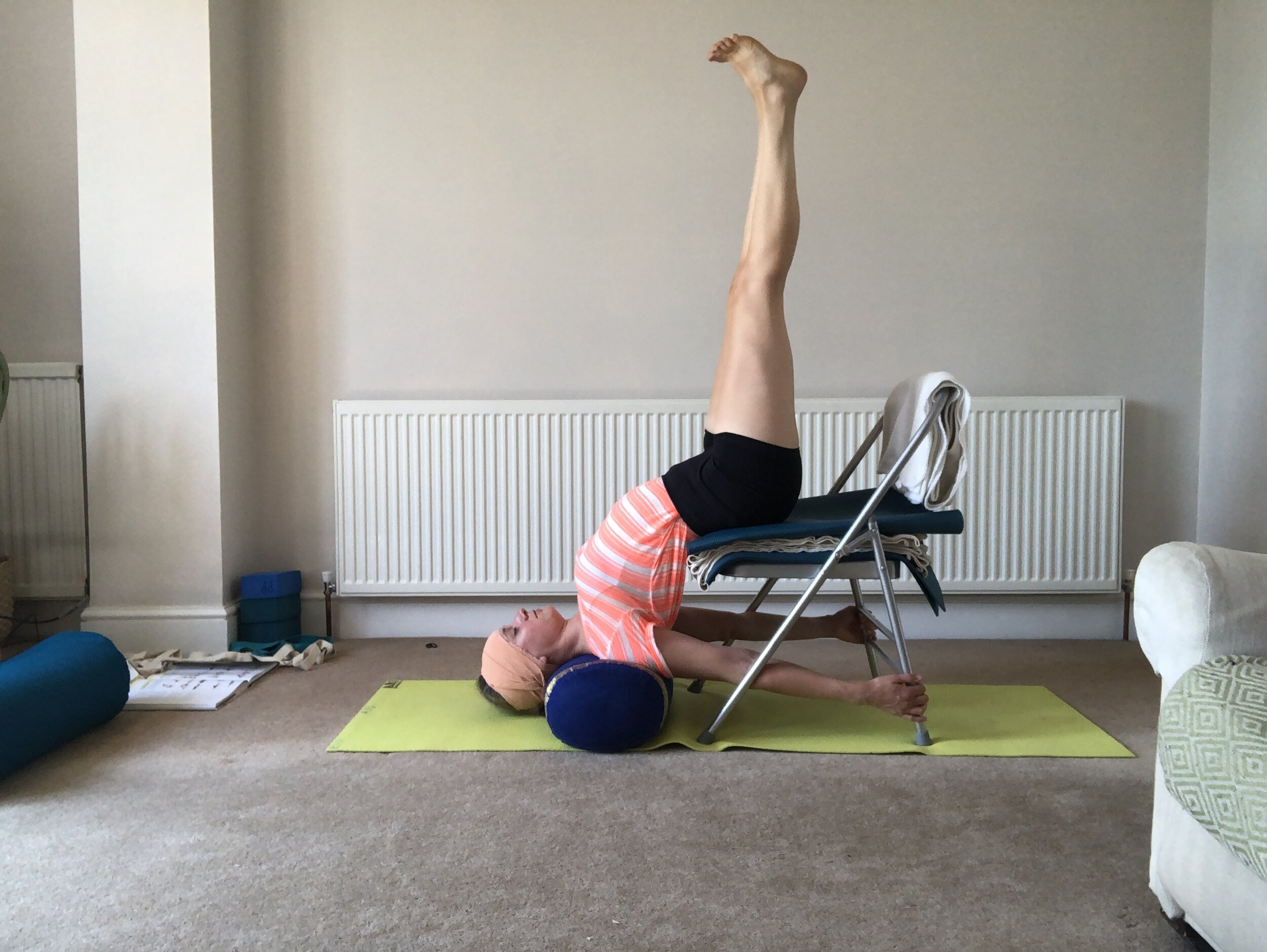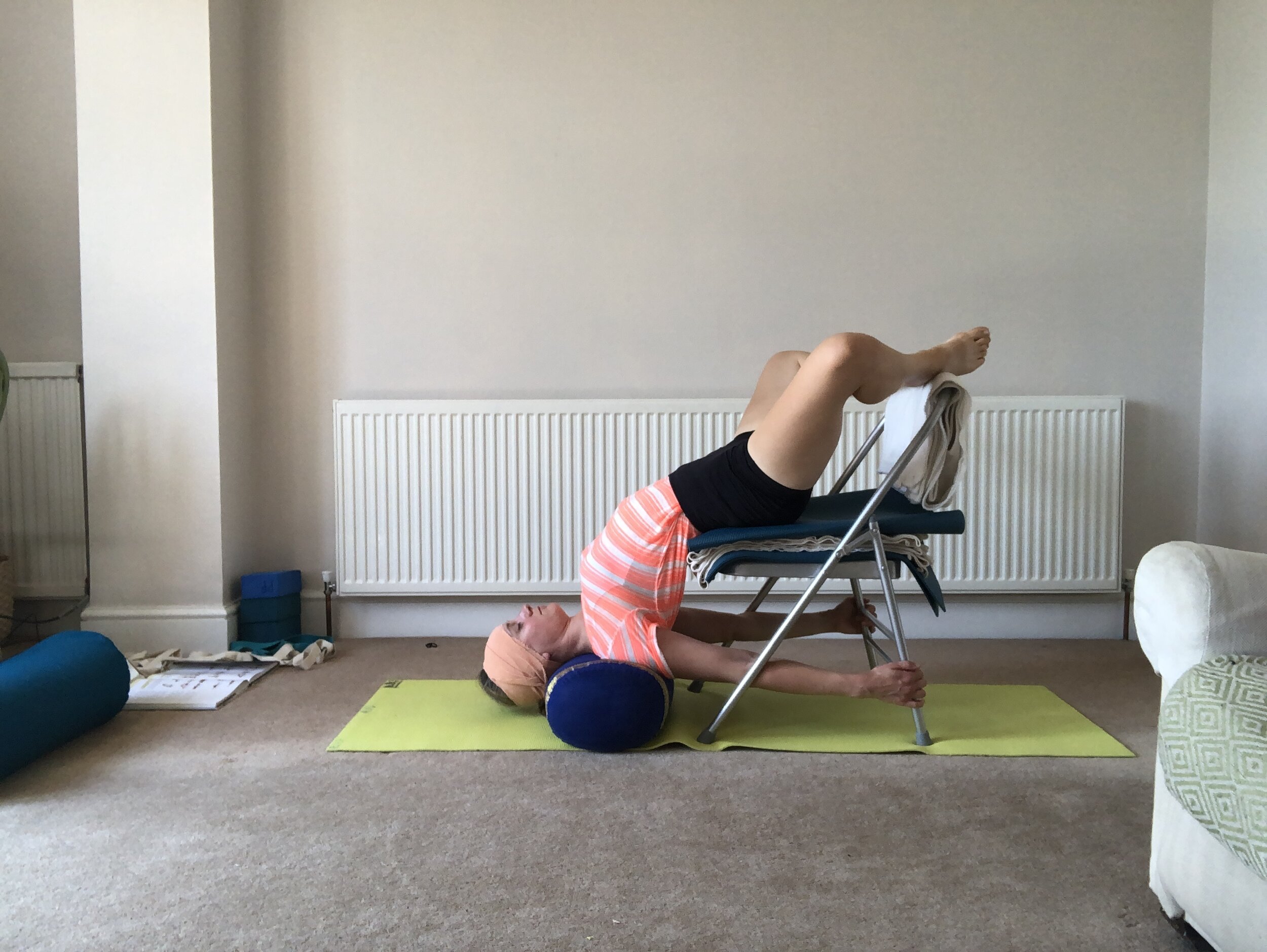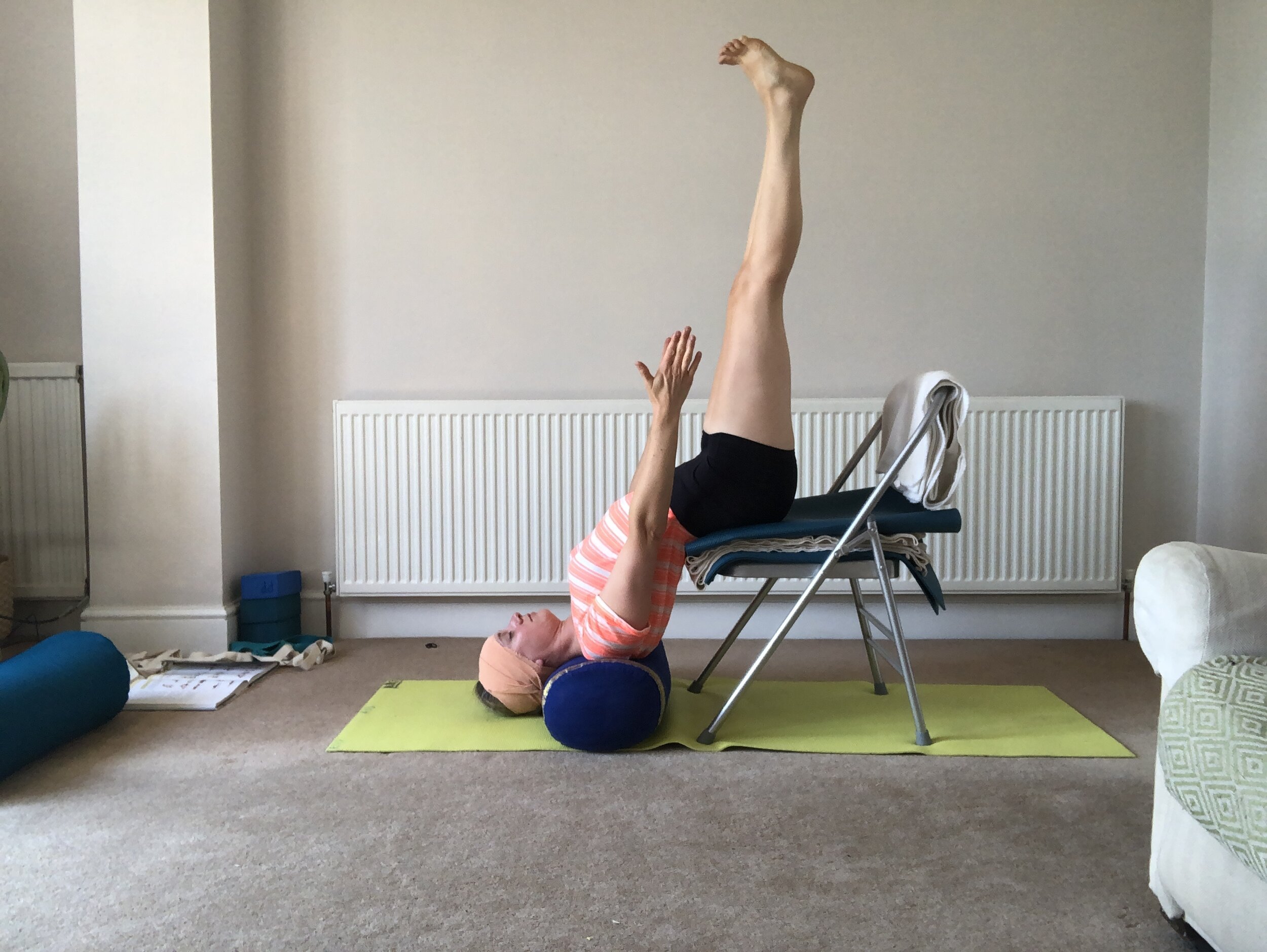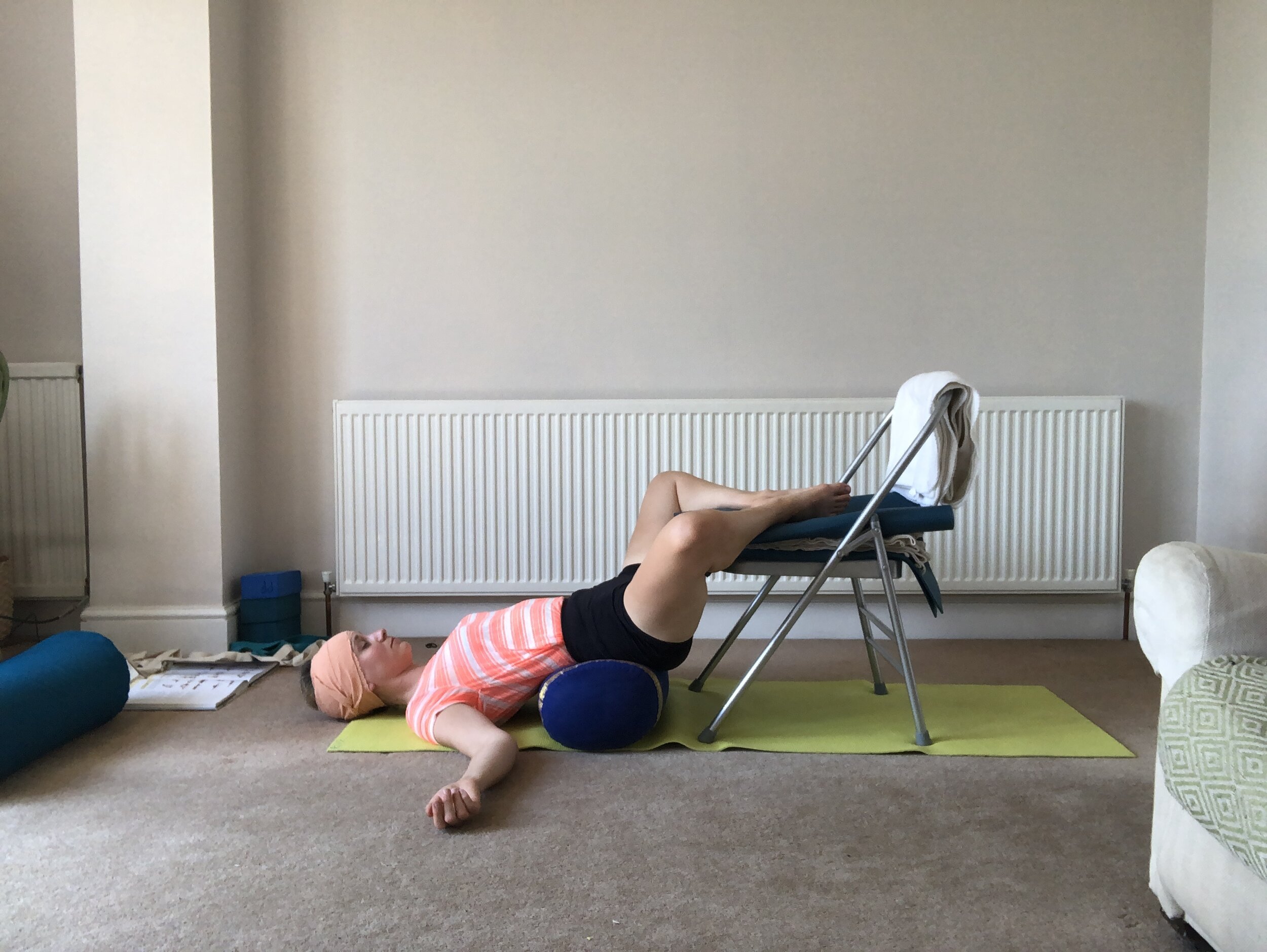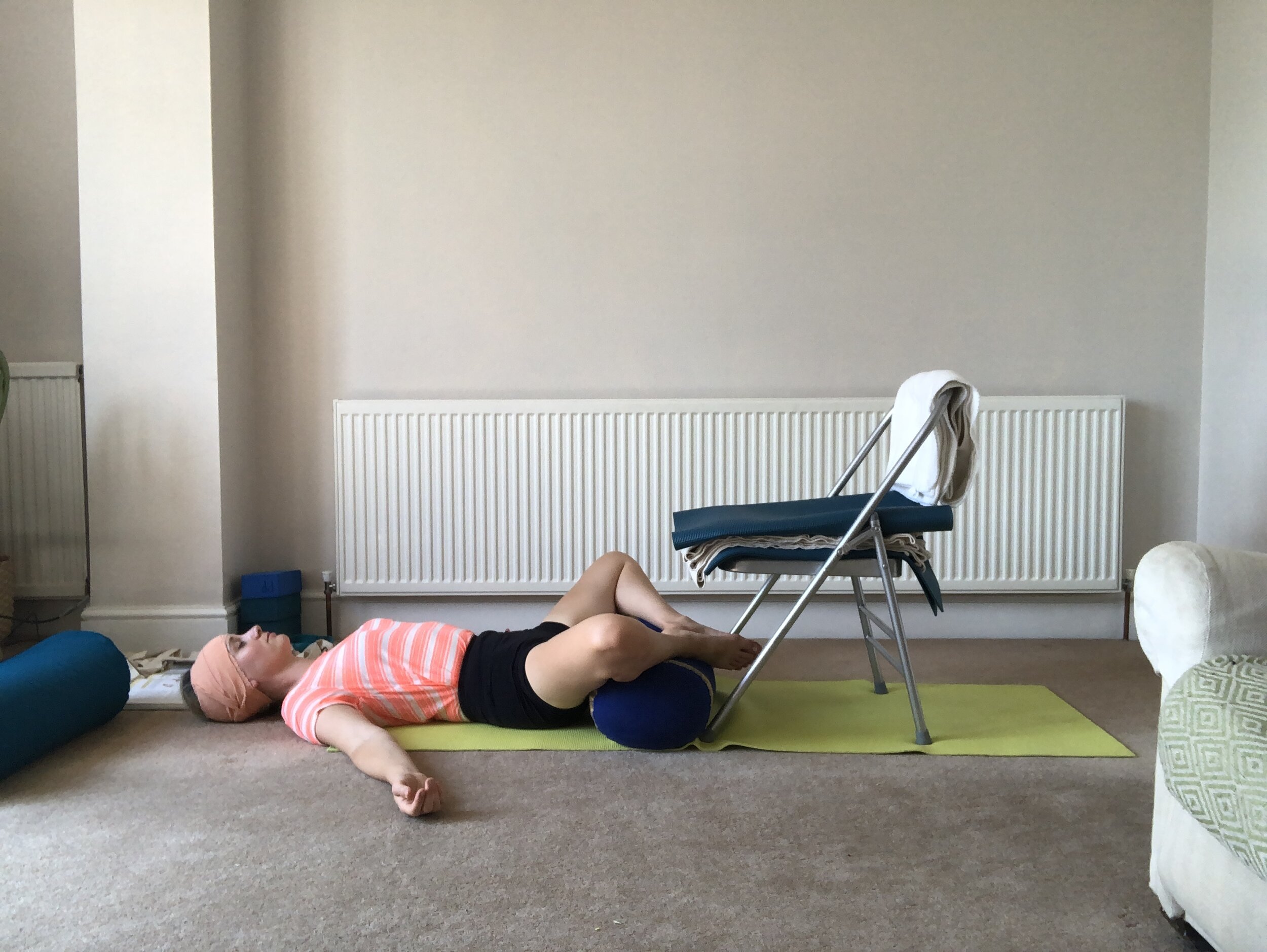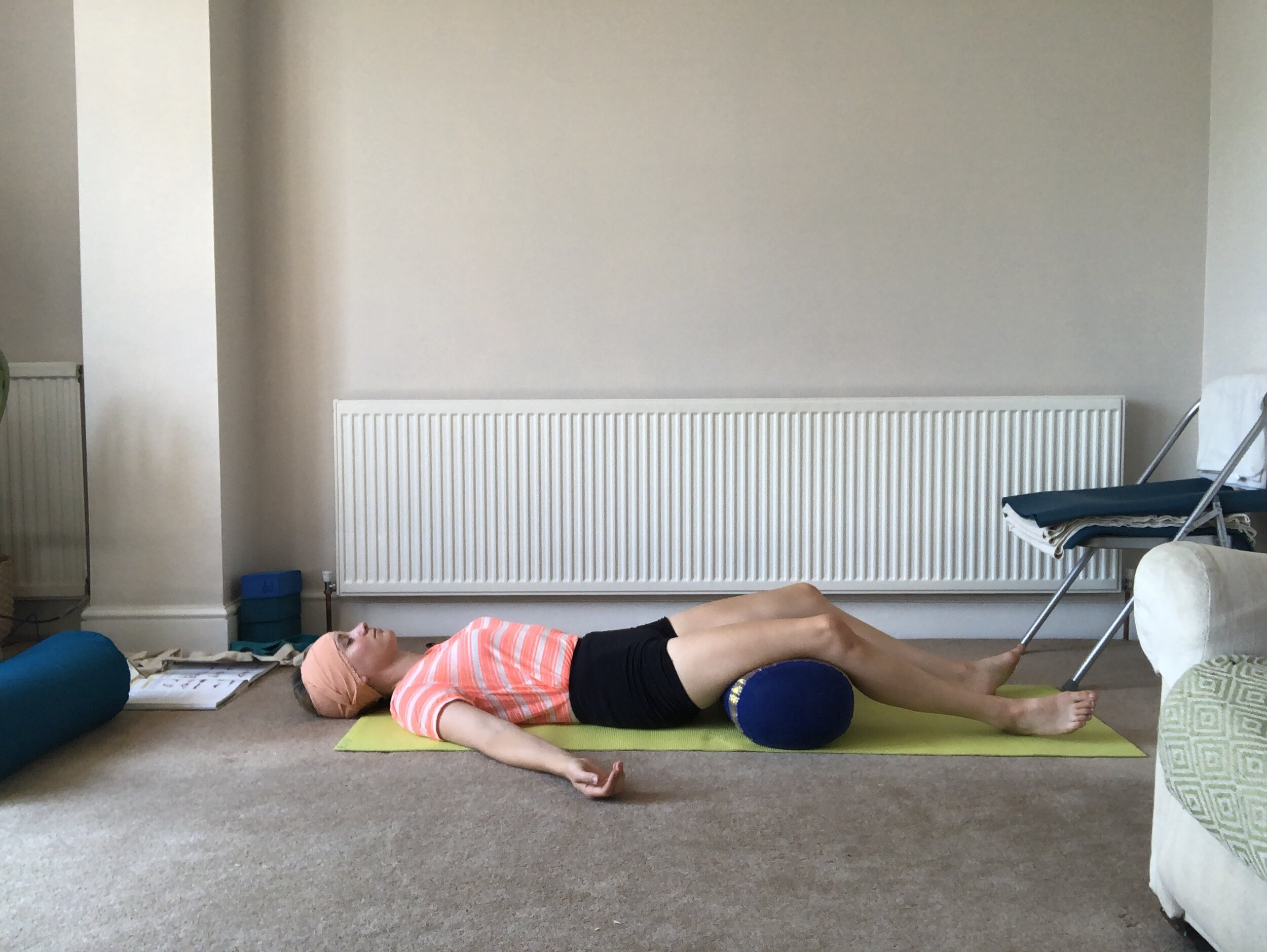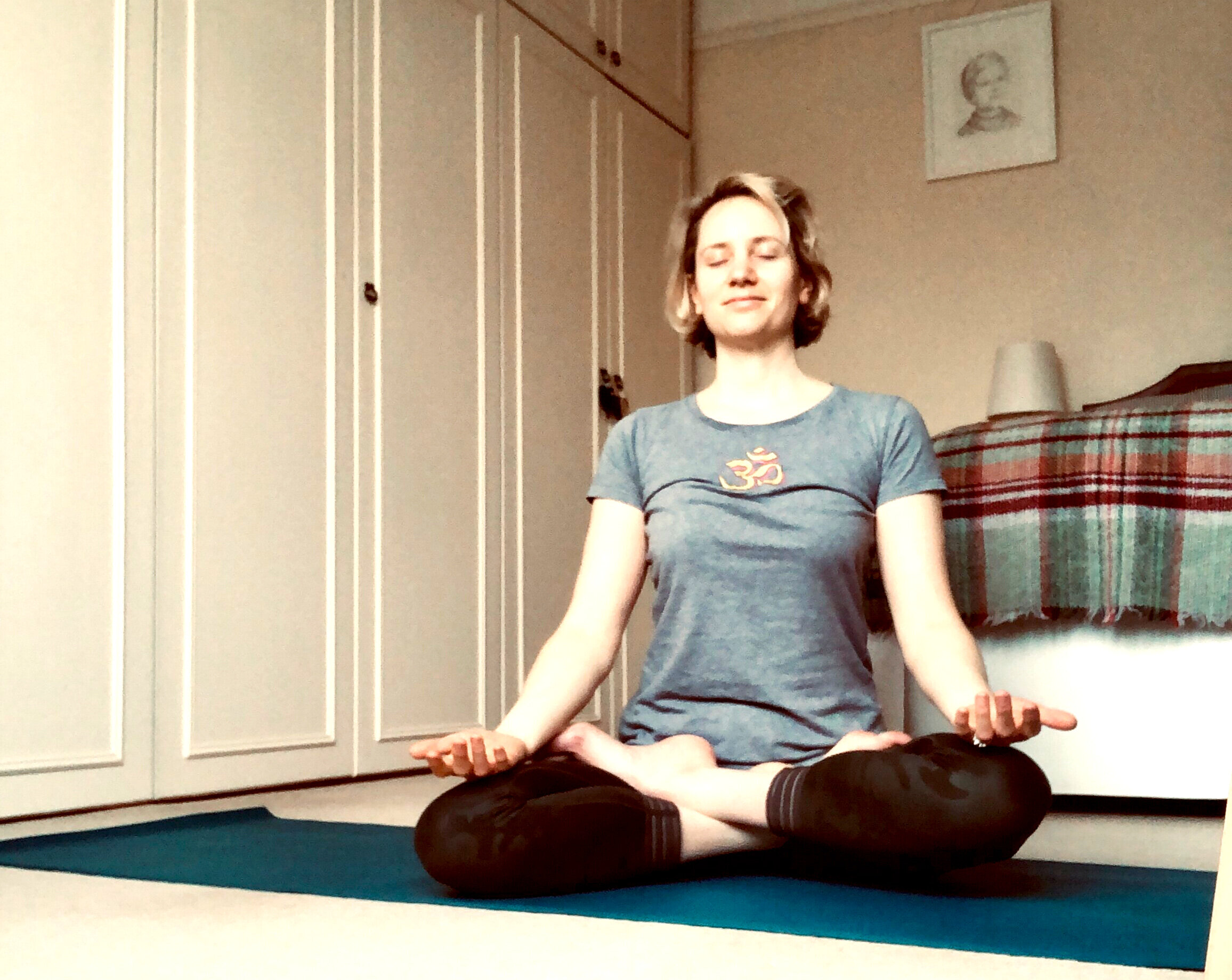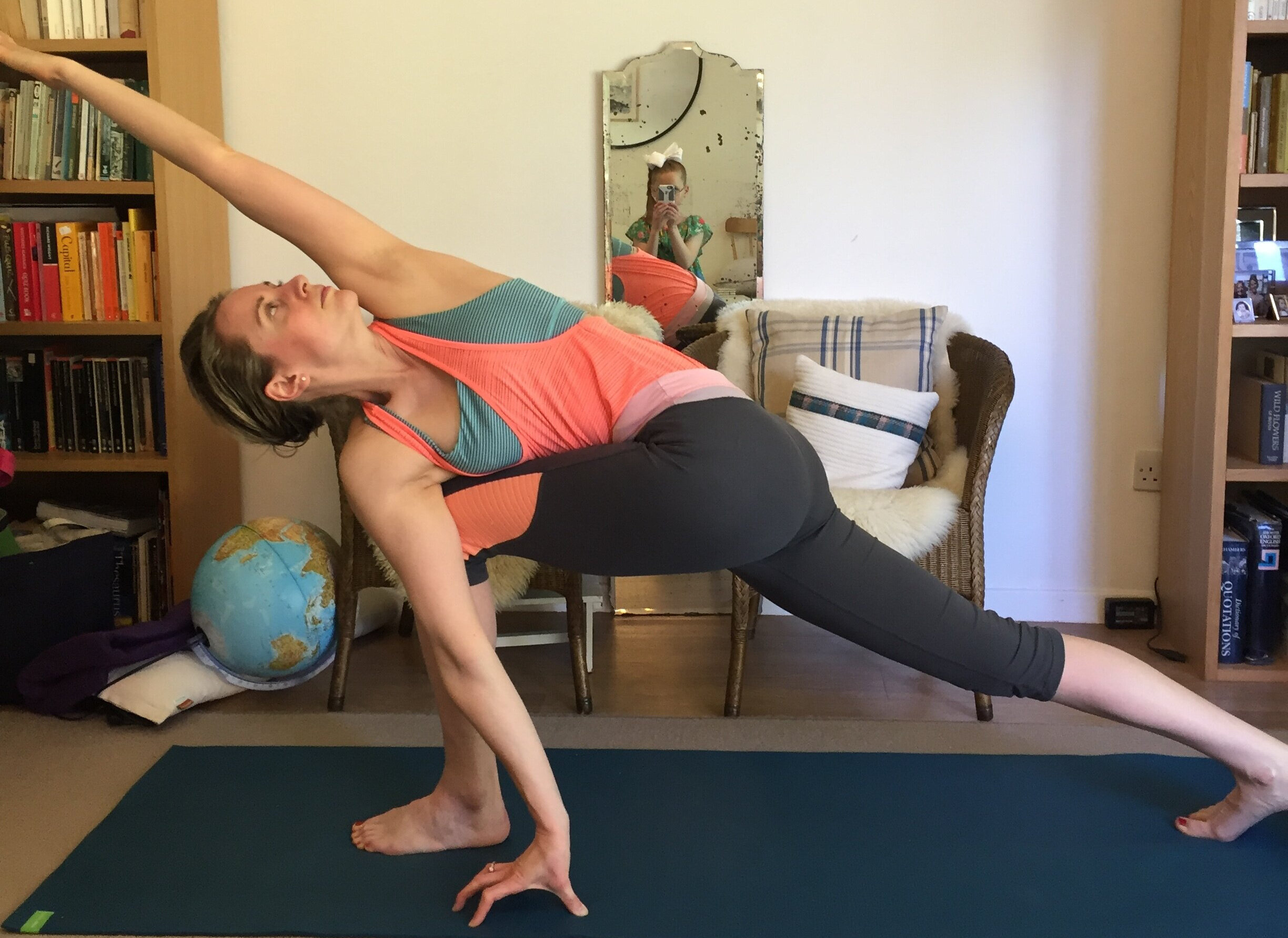Hi,
Yesterday evening my son was mugged on the way home from school, literally minutes from our front door. His phone and air pods were taken from him and he was politely asked to enter the pin before his attacker walked off in the opposite direction.
As upsetting as this experience is, my son has been totally calm and acted brilliantly. Afterwards we did lots of ‘mugging admin’ to cancel his phone, debit card and change his passwords. We have a lot on our phones.
2020 has been a bit like this
This year feels a bit like that mugging. The Coronavirus pandemic crept up on this country last March and has stolen from us. But at the same time, it has also given us a lot too.
At the very beginning of it all, that first lockdown gave us a sense of space and quiet. An almost-elation at the sense that everything could stop and we didn’t have to rush about any more.
Then as summer came on, and we were allowed to leave our homes we had a sense of hope that although the news was bad, we could come through this and get to the other side, that things would return to ‘normal’.
The second lockdown in Autumn proved tough, but we had learnt resilience to it by then. To take each week, day, hour as it comes, and not look to the future too much.
This Christmas doesn’t feel like a gift just yet. When I realised we wouldn’t be able to see any of my family at all (to be on the safe side) it felt truly sad. Doing all my shopping online, not being able to see any friends, and worrying about the health of my family is not bringing on all the ‘festive feels’. If you've had Covid, you may still be feeling the after-effects.
But next Christmas, (hopefully) when we can all be together again, we will fully appreciate what is really important about Christmas. It’s a cliché, but it’s true. You don’t know what you’ve got till it’s gone.
And it’s the same with my son. His phone and air pods are unimportant and can be replaced, but people can’t.
Being Grateful
This sense of being grateful for what’s really important is part of the meaning of the yogic principle of santosha, or contentment.
This notion is very alien to our consumer brains, which have been programmed to want the latest, newest gadget, or to constantly updated. We are also used to setting intentions, goals and aims. This is not a bad thing – we need to be strive to improve – but sometimes this makes us forget to stop and take stock.
Santosha says, ‘This is enough. Right here, right now’.
Getting on the Mat
This blog started as a way to motivate anyone who wants to commit to a home practice.
This morning I dropped my son off at the station and watched him walk away in the dark morning. My parental instinct is to worry, to protect and shield him. But that won’t help him, or me.
Once home I got on the mat and did my practice. Nothing spectacular or particularly impressive. But the routine of connecting to my body – stretch, open, balance, repeat, breathe – brings that flickering fear under control.
A Christmas Sequence
As we wind down for the Christmas break, I’d like to give you a Christmas sequence to help you feel positive and content.
Vrksasana (can be done to the wall )
Virabhadrasana 2 (arms can be up as in classical pose, or experiment)
Ardha Chandrasana
Utthita Hasta Padangustasana 2 (use support such as chair or stool for your heel, or see if you can balance)
Parsvottanasana (can be done with back heel to the wall)
Adho Mukha Svanasana
Uttanasana (use bricks for hands if usually used)
Sirasanaa (or Prasarita Padottanasana if you don't practice headstand)
Dandasana
Sarvangasana
Savasana
Enjoy Christmas, in whatever form it takes.
And thank you for your support, feedback and smiles.
Poppy x


